Geometridae
Leach, 1815
The Geometridae are a family of lepidoptera that includes about 35,000 species, of which about a thousand are present in Europe.
Their scientific name derives from the ancient Greek γη "geo" or γαια "the earth" and Metron μέτρων "measure", in reference
to the way in which their larvae, walking with a compass movement, seem to "measure the earth".
They are butterflies of medium or small size, usually at rest with wide wings, sometimes atrophic or absent in females.
They are widespread on all continents and prefer the more or less sparse broad-leaved forest.
Almost all of them have predominantly crepuscular or nocturnal activity, but some species are diurnal.
Sometimes they are very harmful parasites especially on broad-leaved trees and shrubs.
The subfamilies are provisionally ordered in a phylogenetic sequence, from the most basal to the most advanced.
Traditionally, the Archiearinae were believed to be the oldest of the Geometridae moth lineages, having well-developed offspring.
However, it now appears that Larentiinae along with Sterrhinae are actually older,
they are indicated by their numerous plesiomorphies and DNA sequence data. *, **
* Õunap, Erki; Viidalepp, Jaan; Saarma, Urmas (2008). "Posizione sistematica di Lythriini rivista: trasferito da Larentiinae a Sterrhinae (Lepidoptera, Geometridae)".
- https://onlinelibrary.wiley.com/doi/abs/10.1111/j.1463-6409.2008.00327.x
** Young, Catherine J. (2008). "Characterisation of the Australian Nacophorini using adult morphology, and phylogeny of the Geometridae based on morphological characters".
- https://www.mapress.com/zootaxa/2008/f/z01736p141f.pdf

 EN
EN ITA
ITA
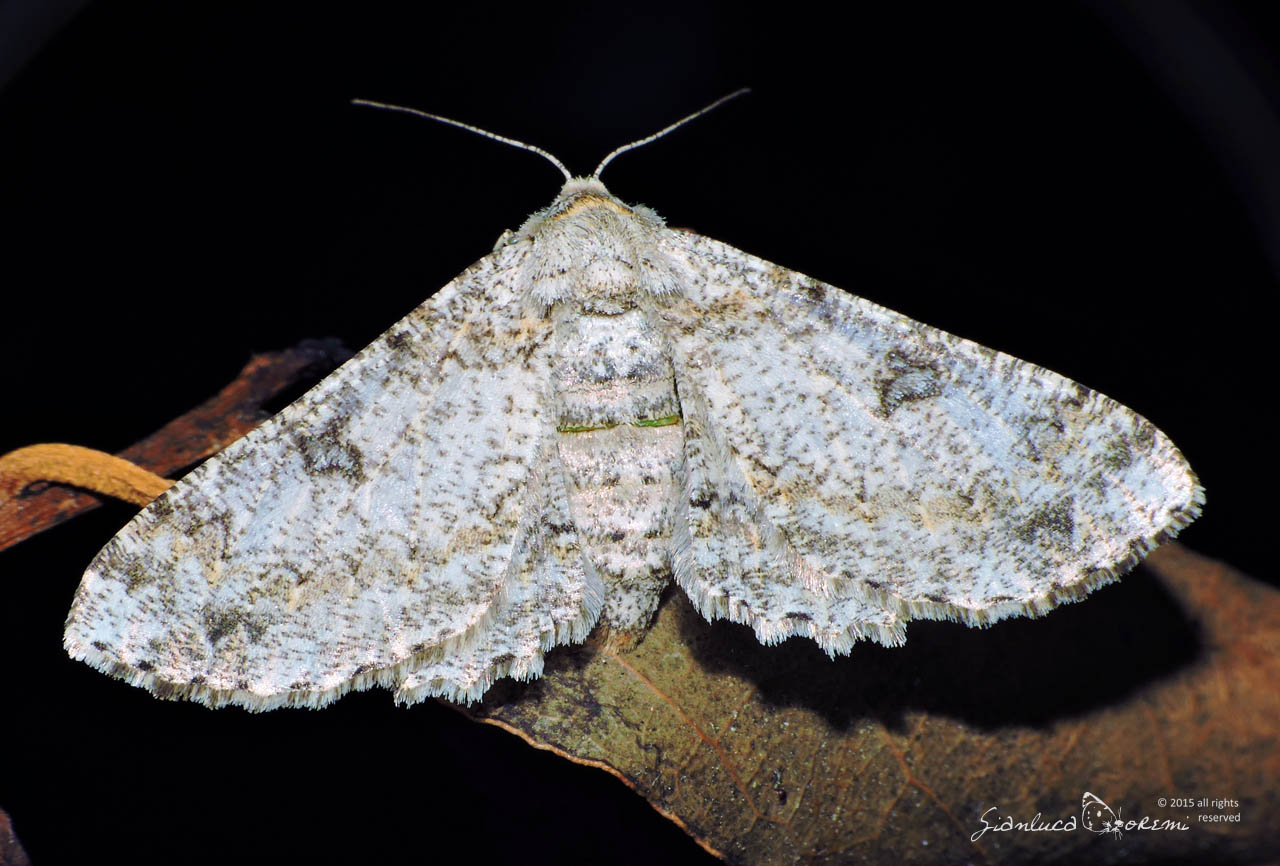
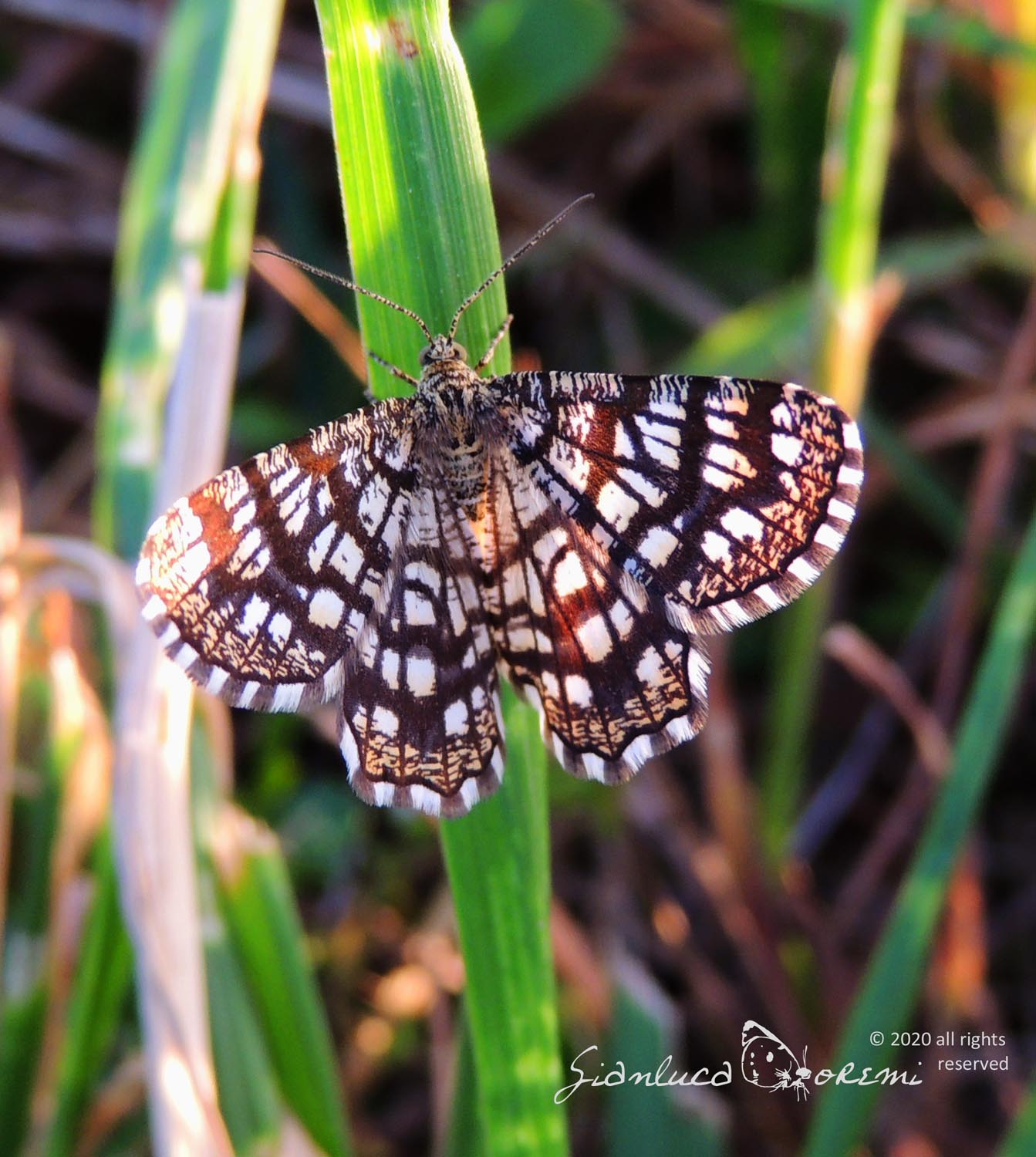
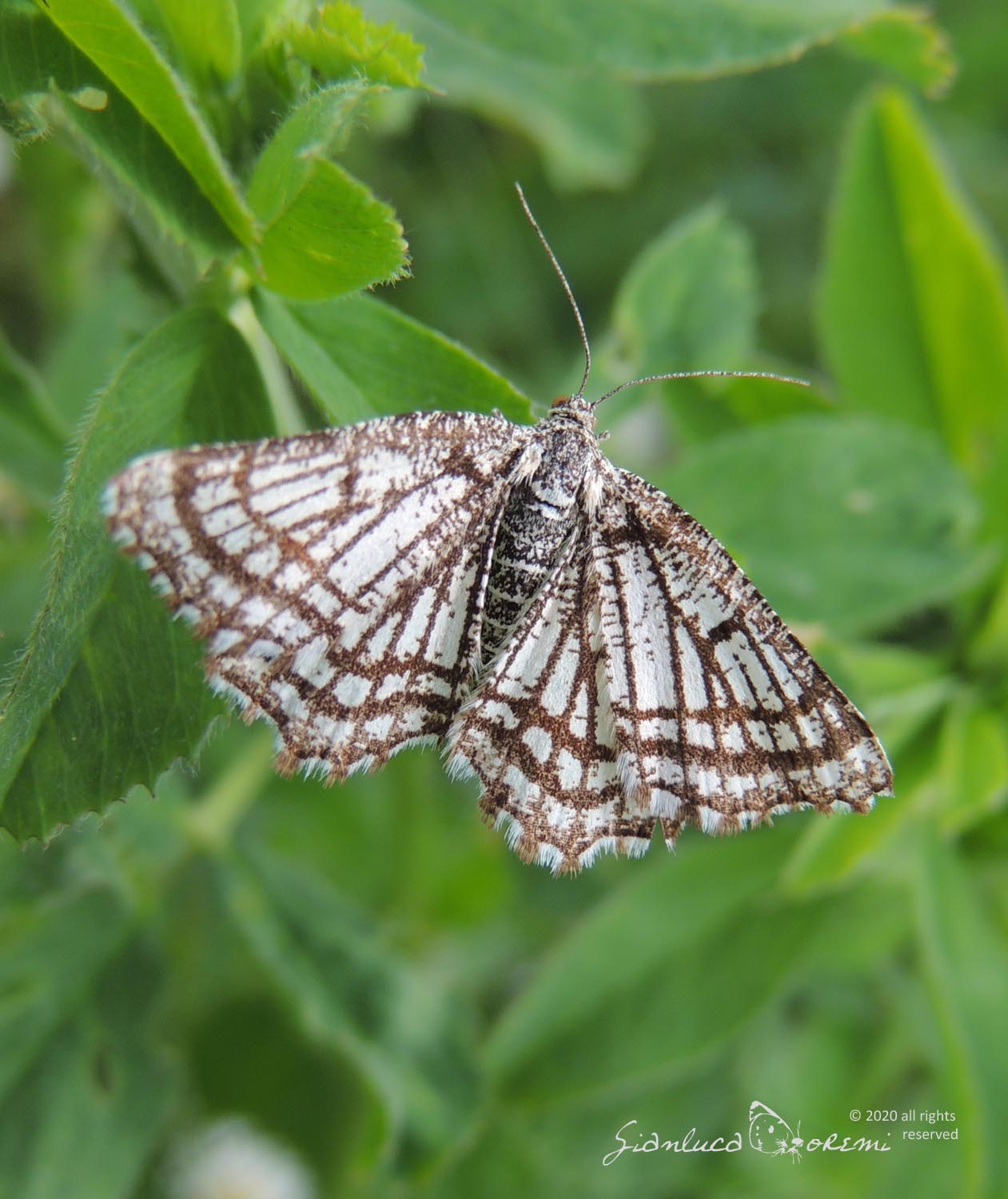

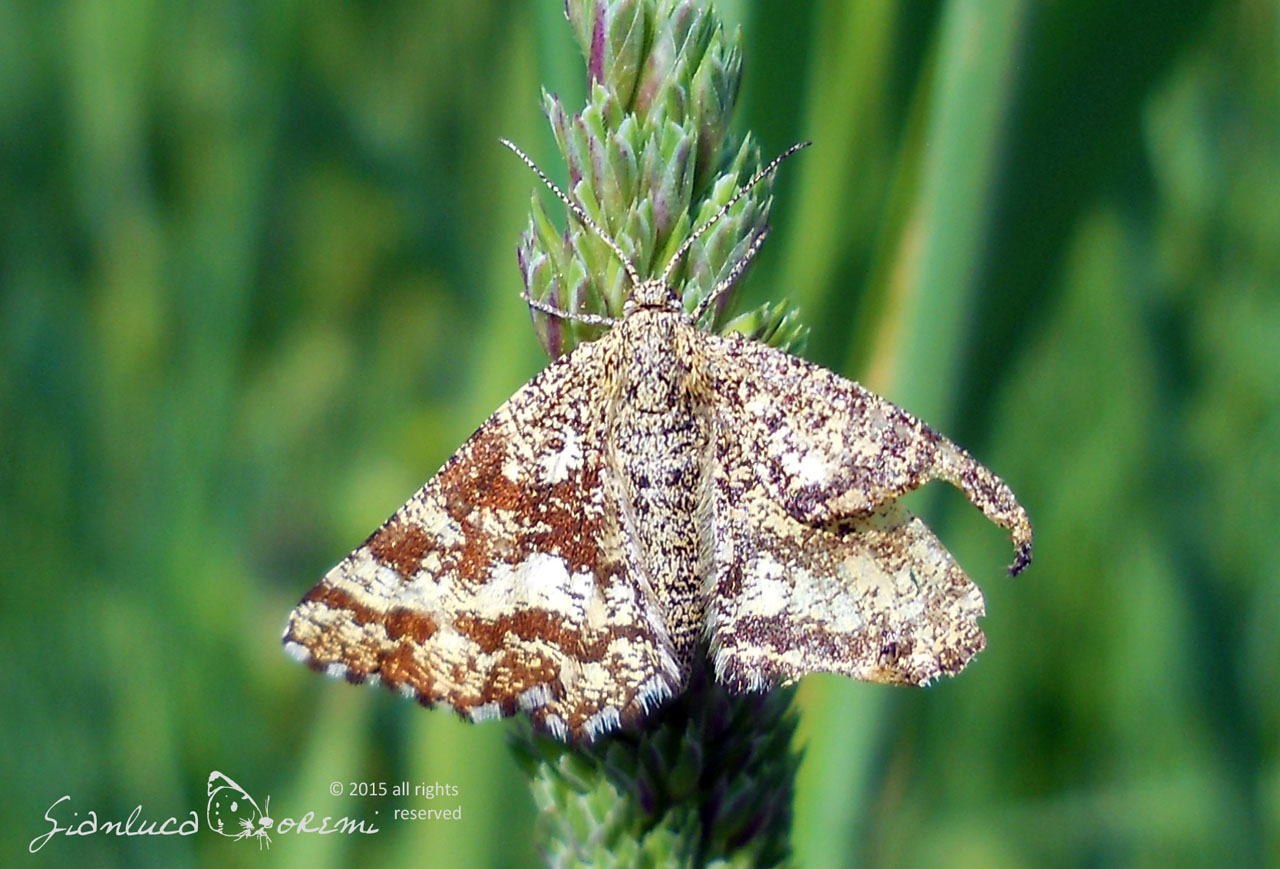


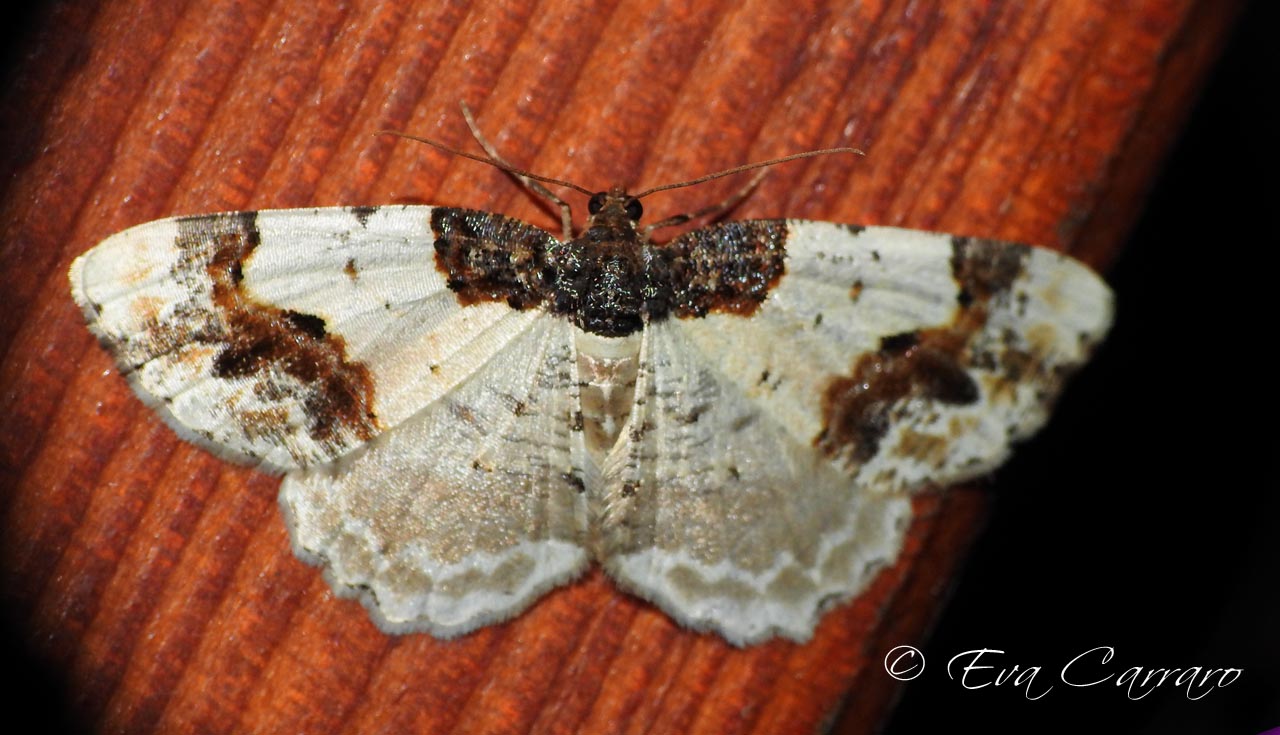
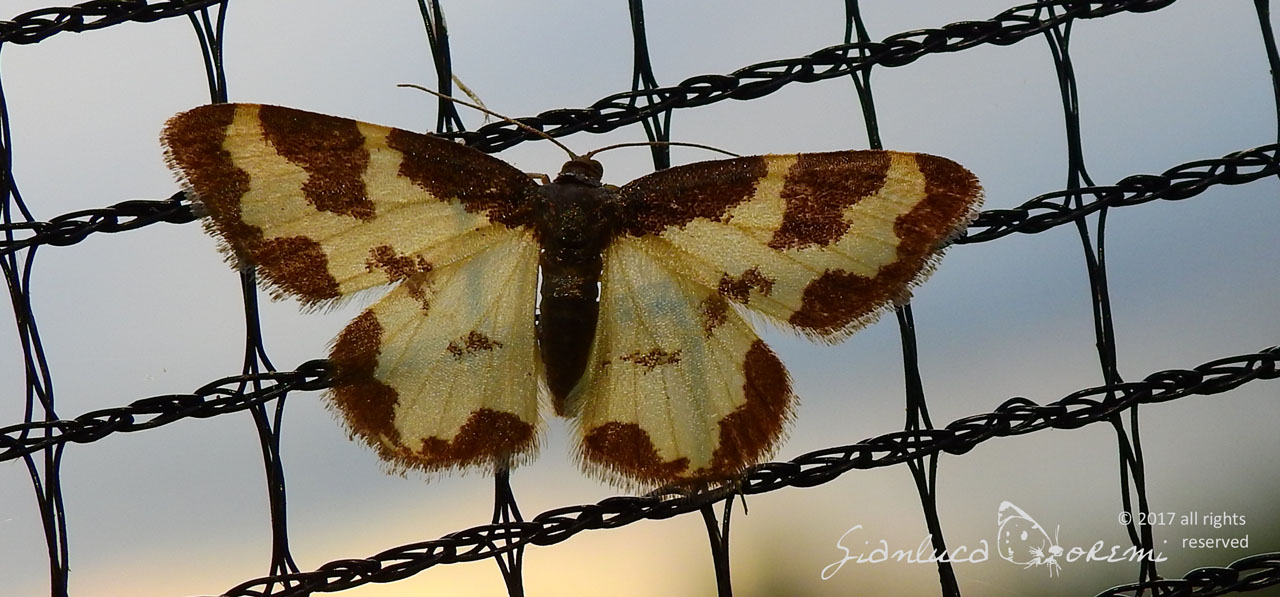



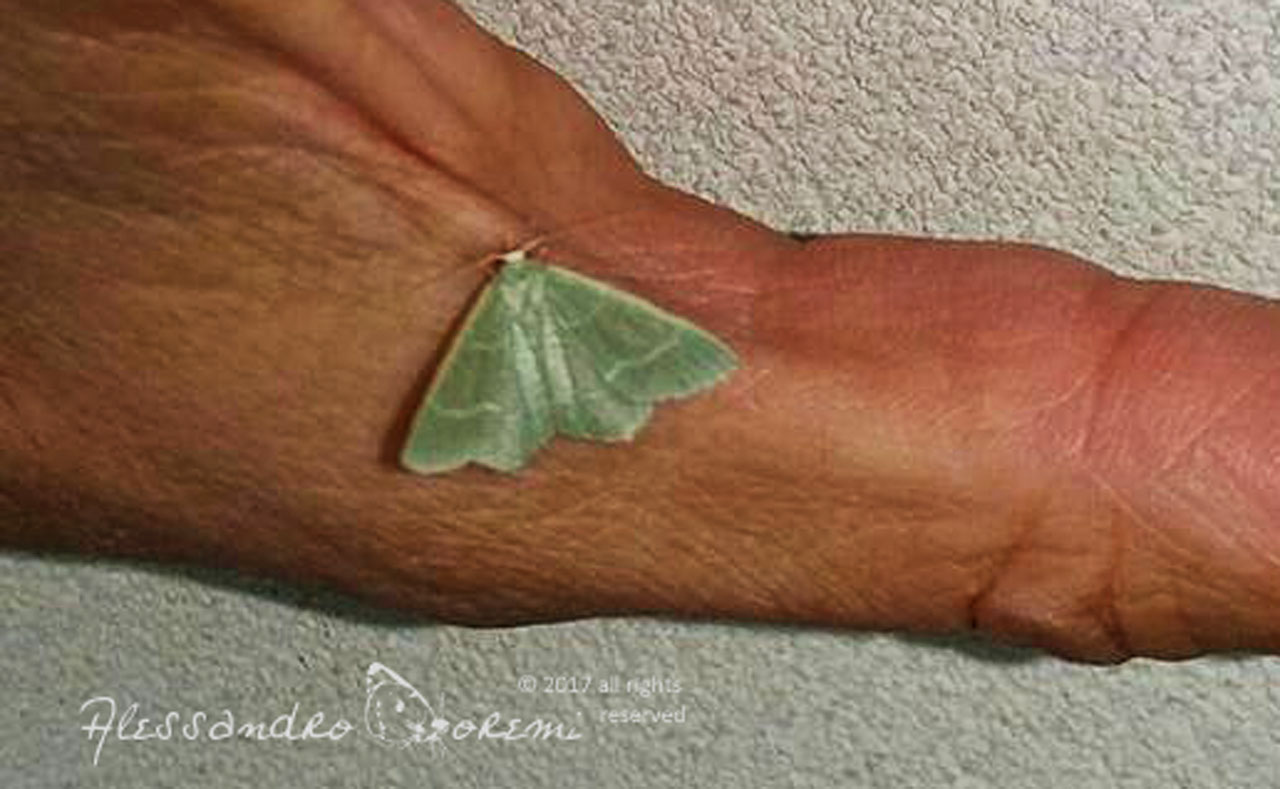
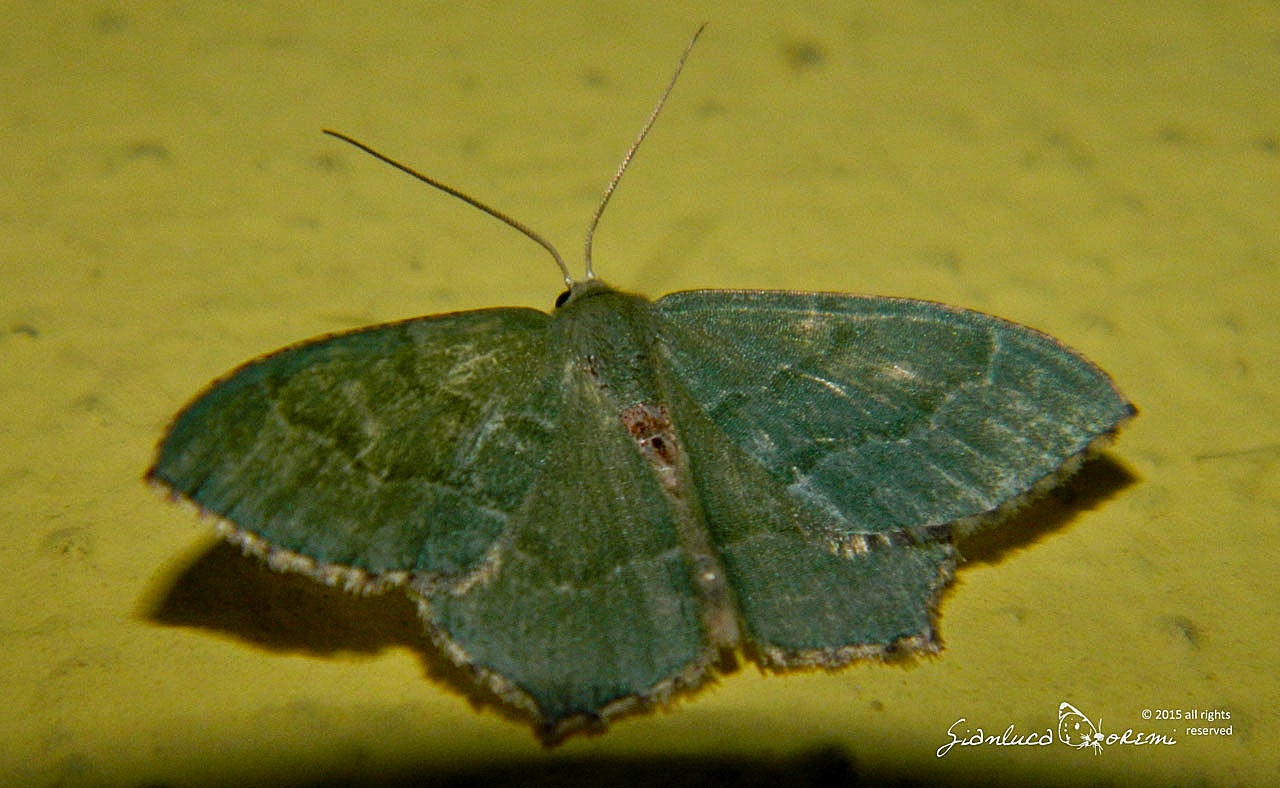

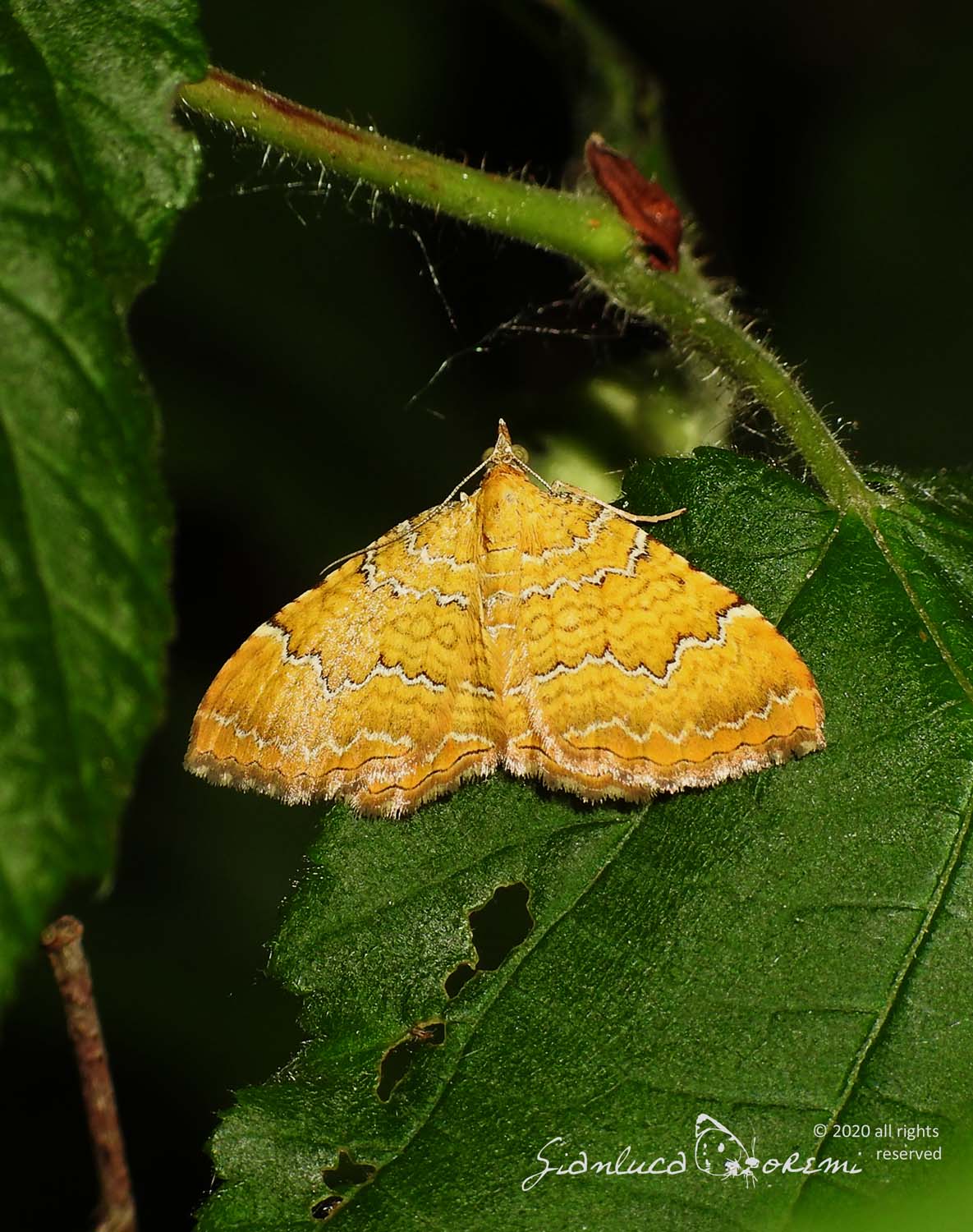
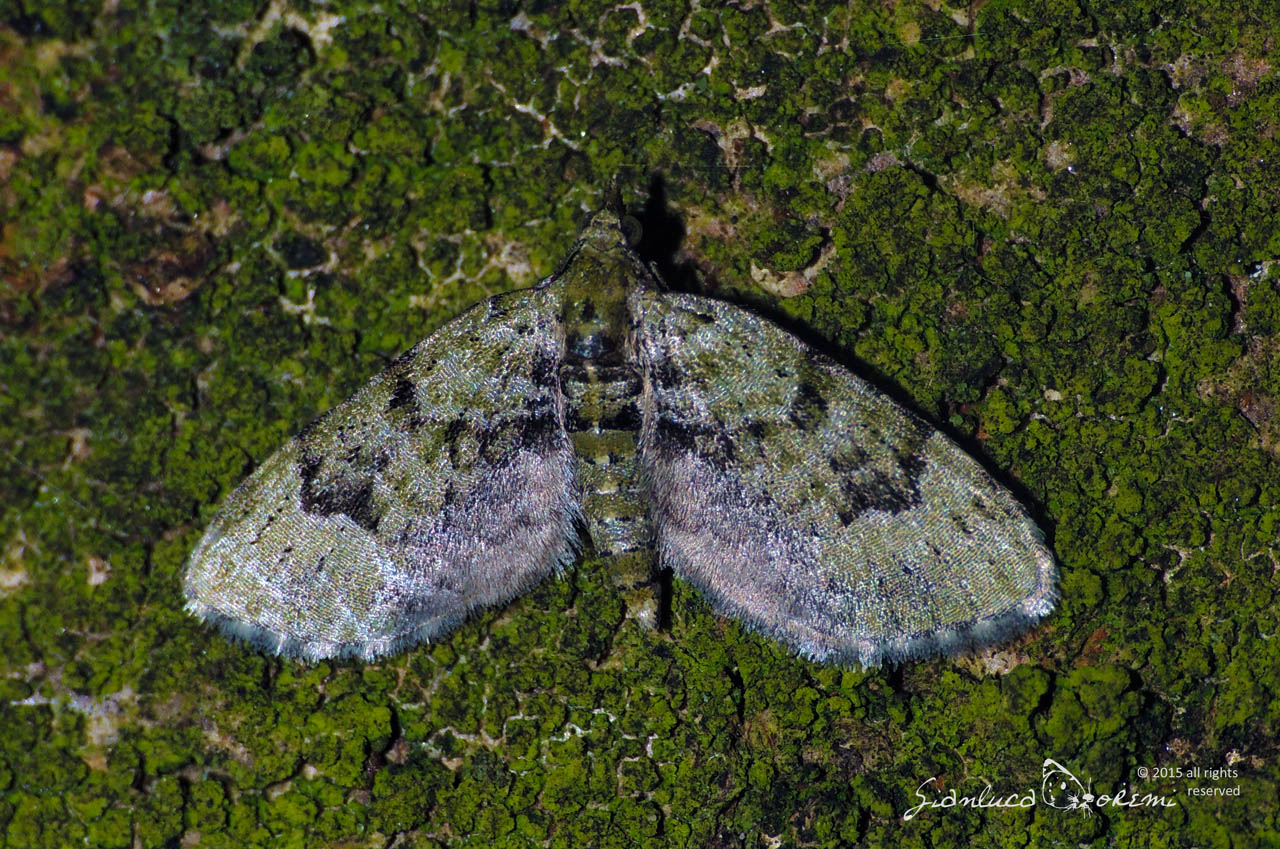
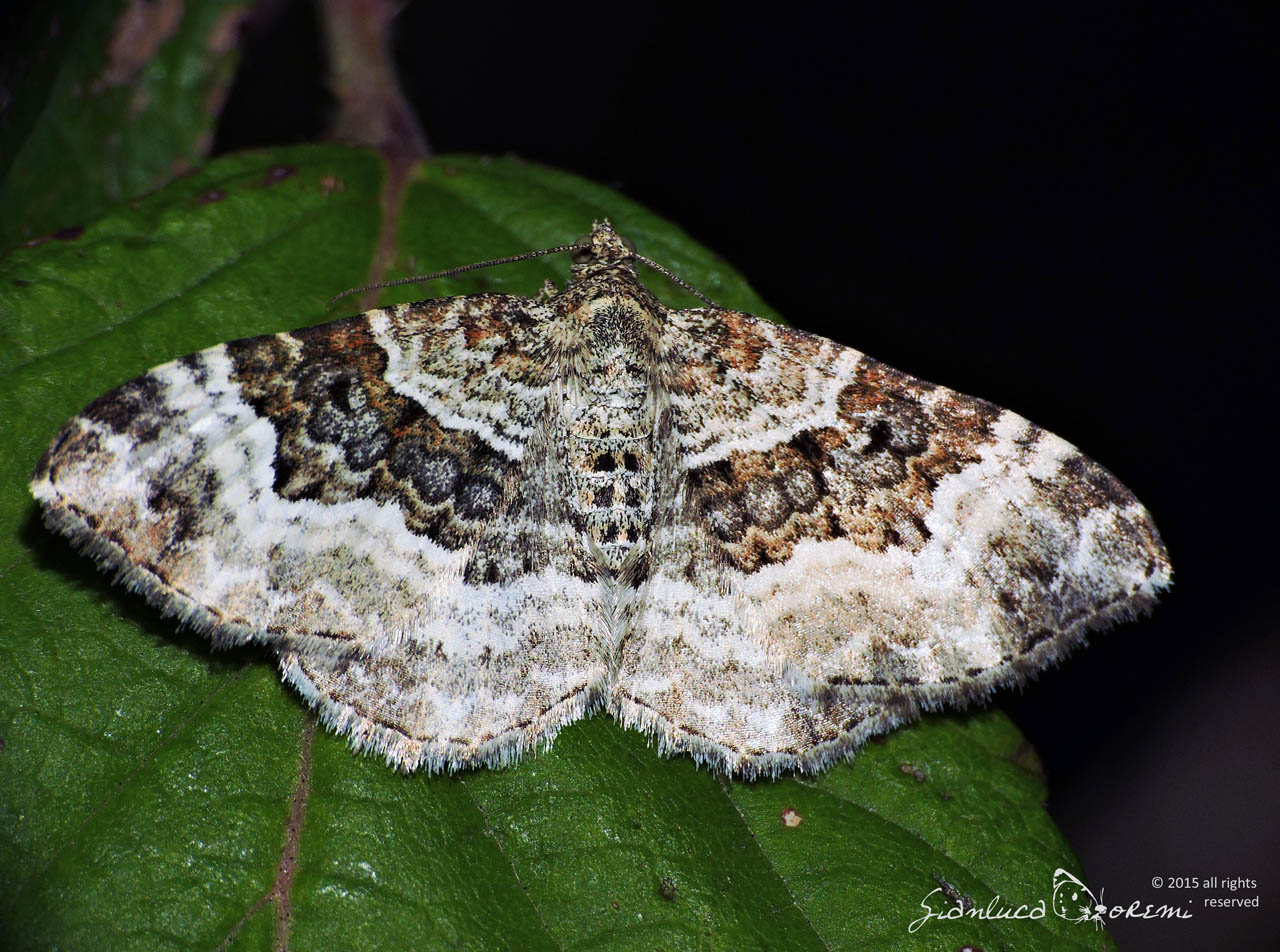
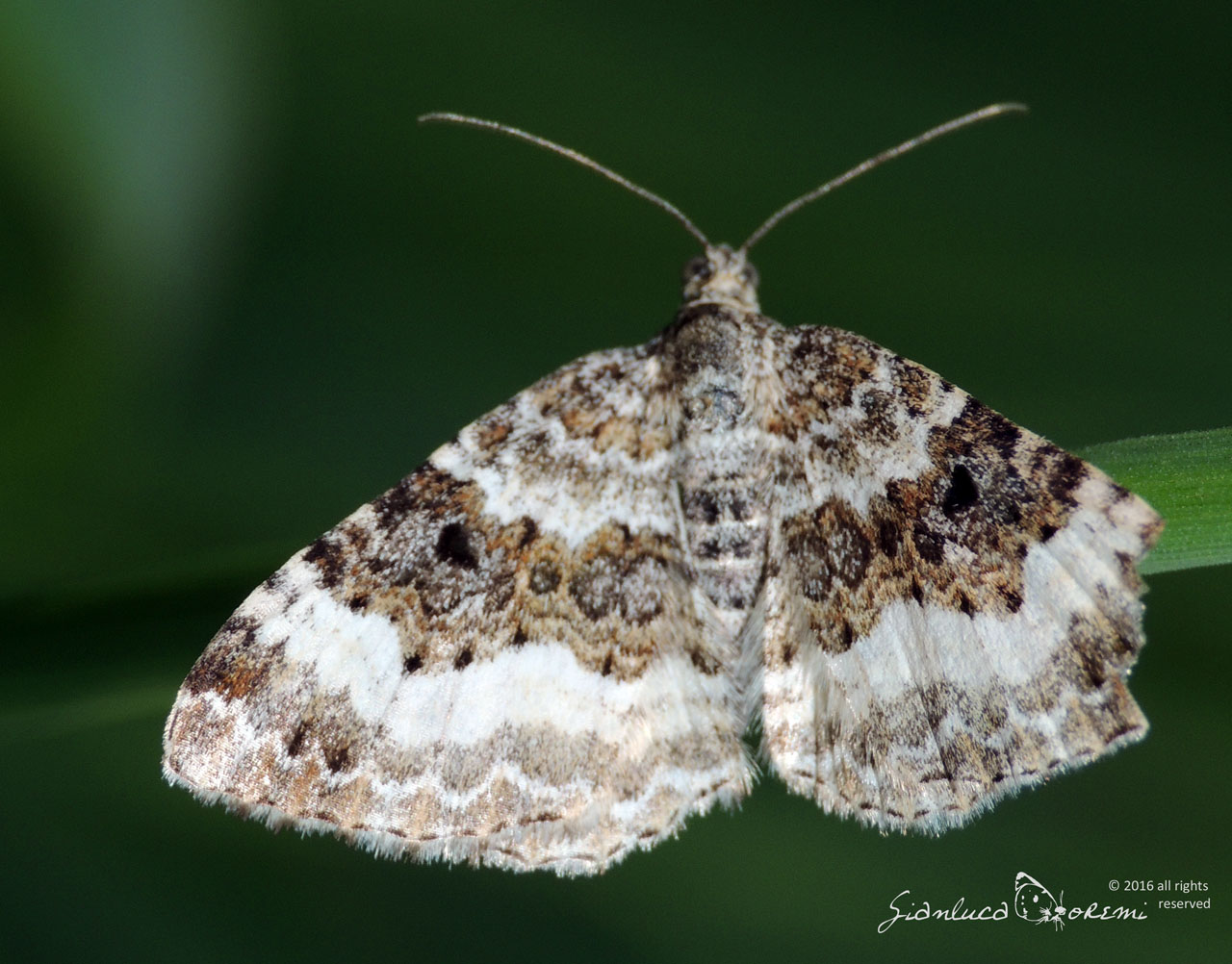
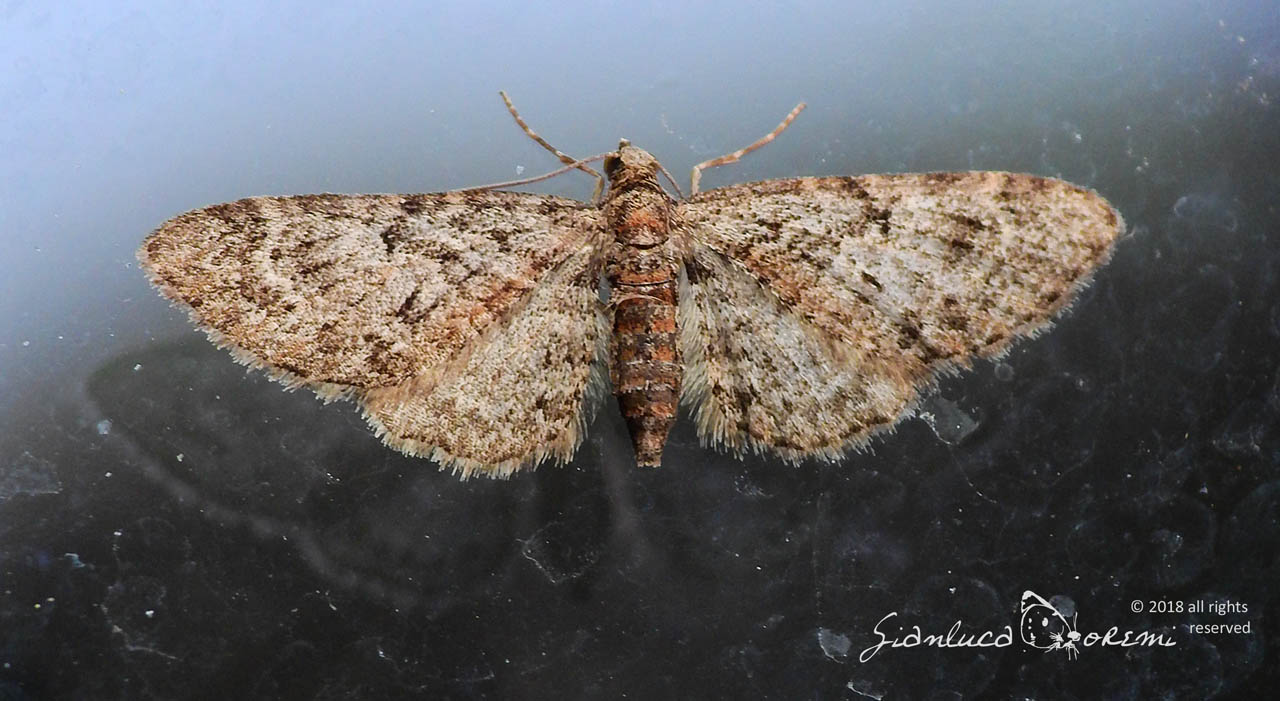

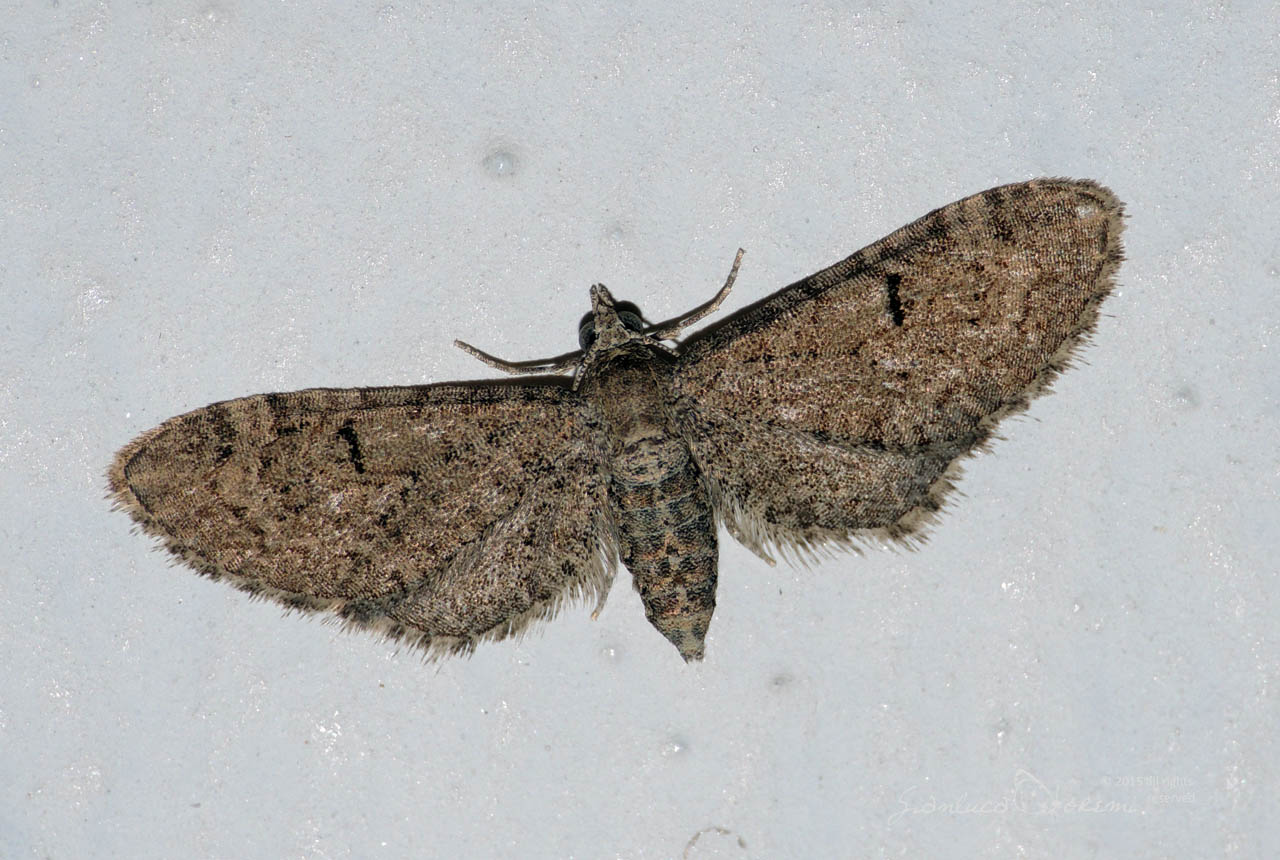


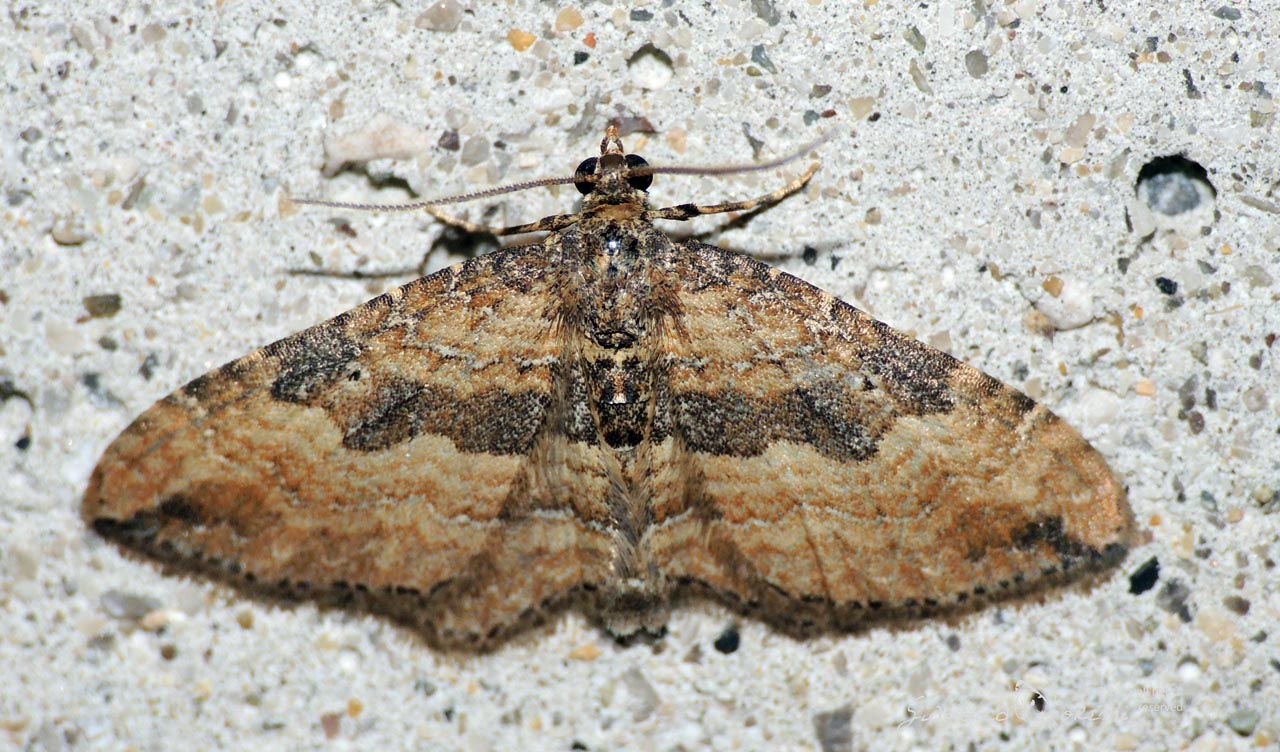
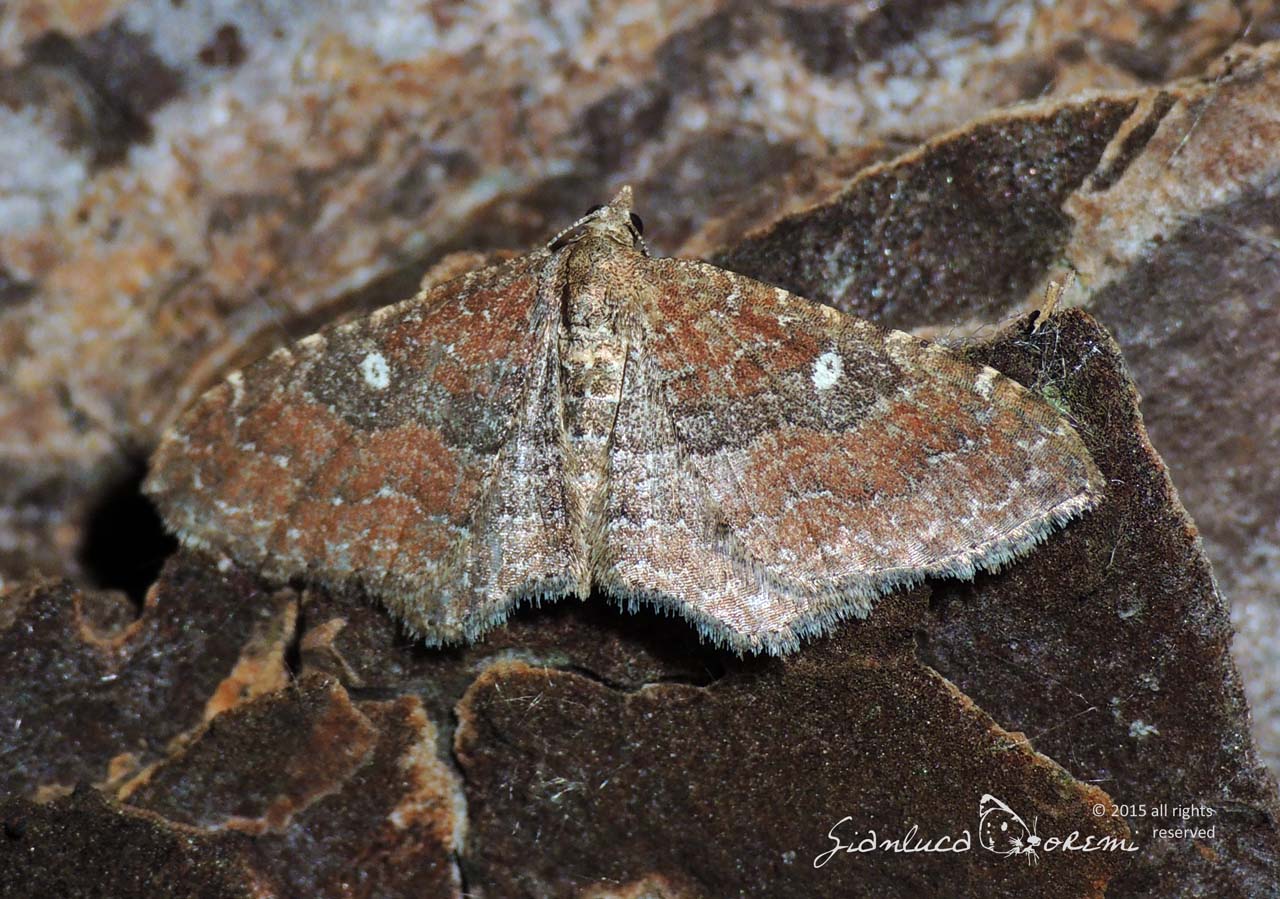
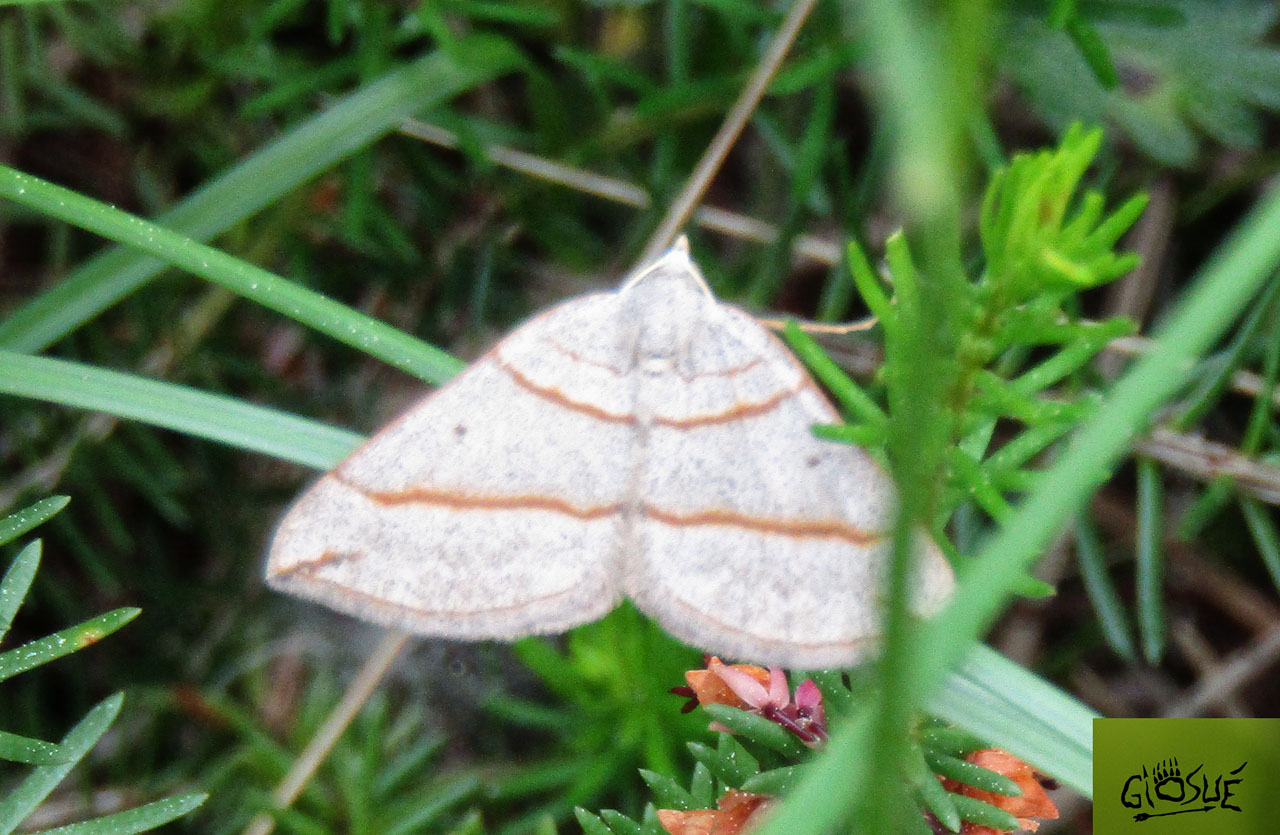


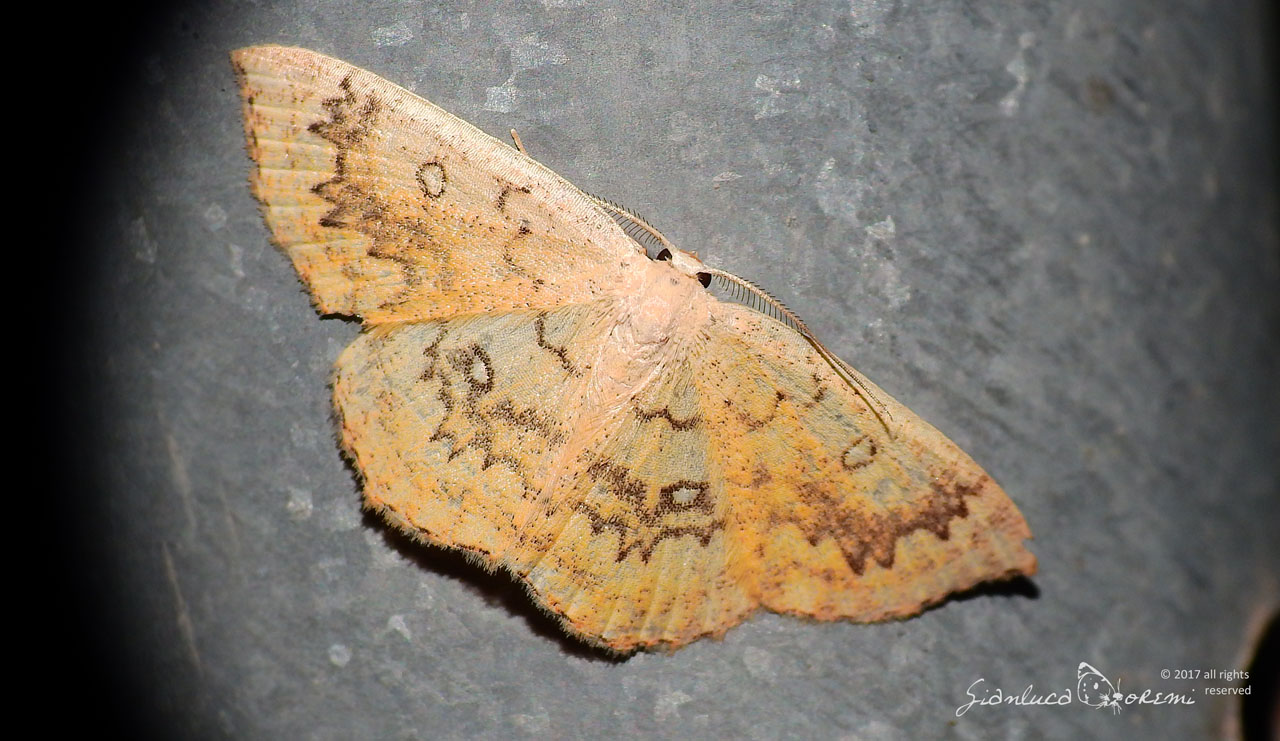
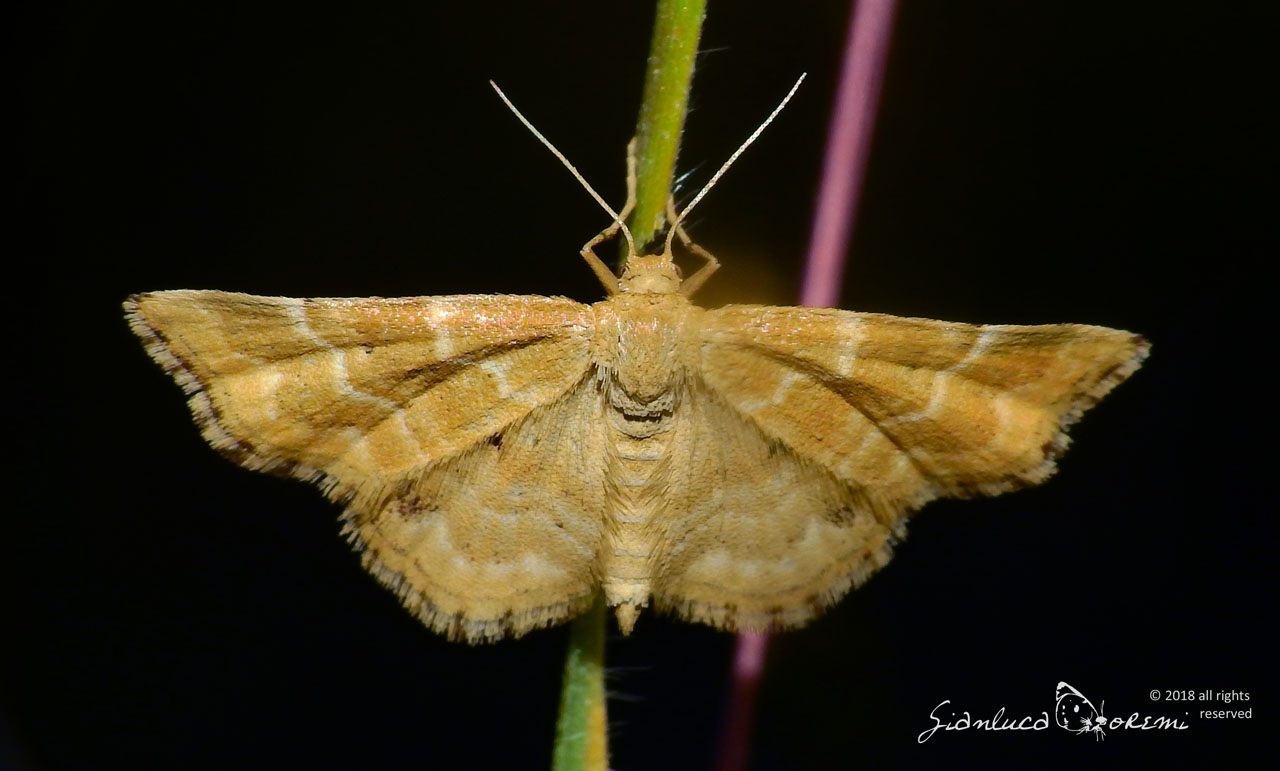
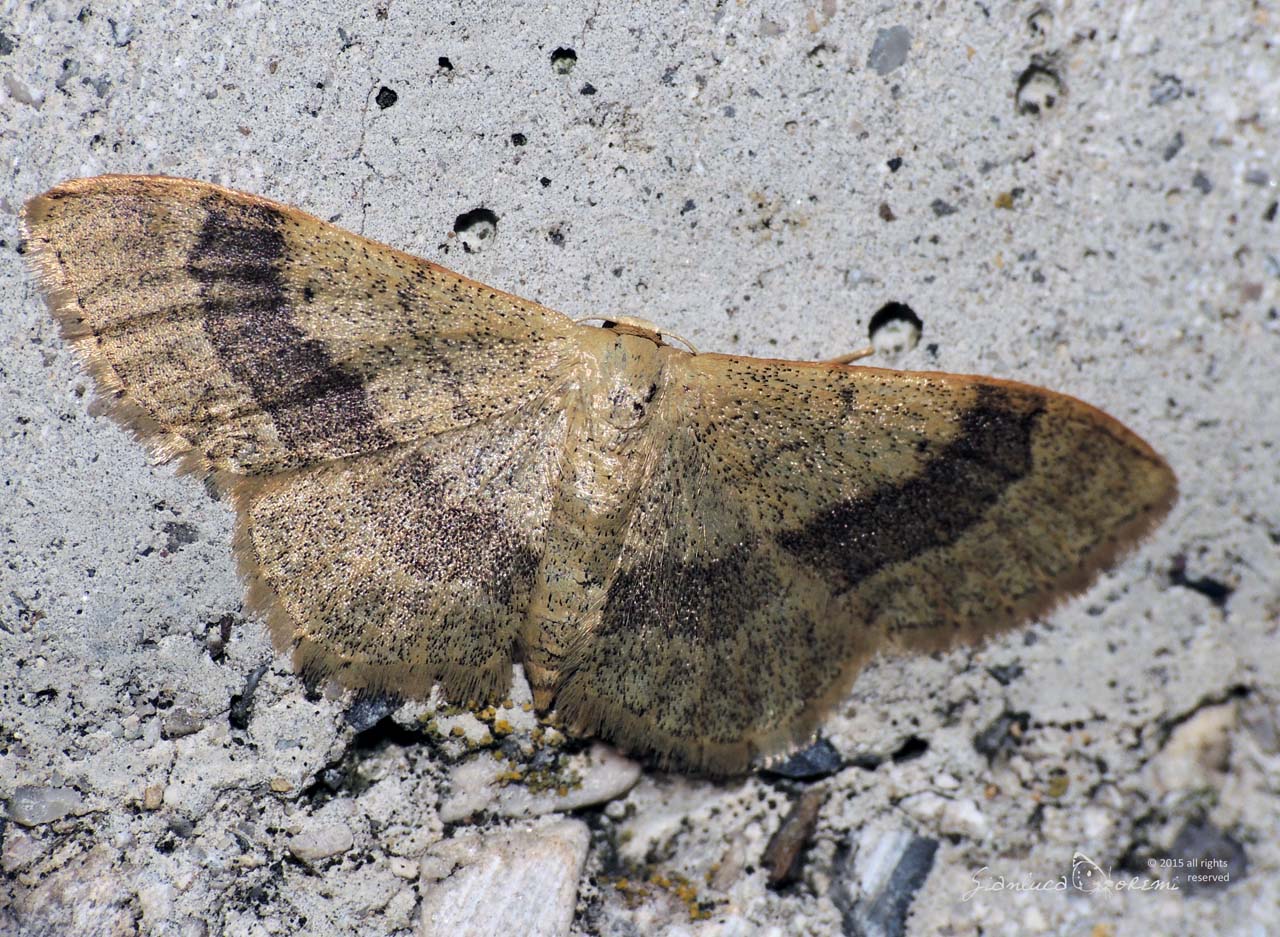
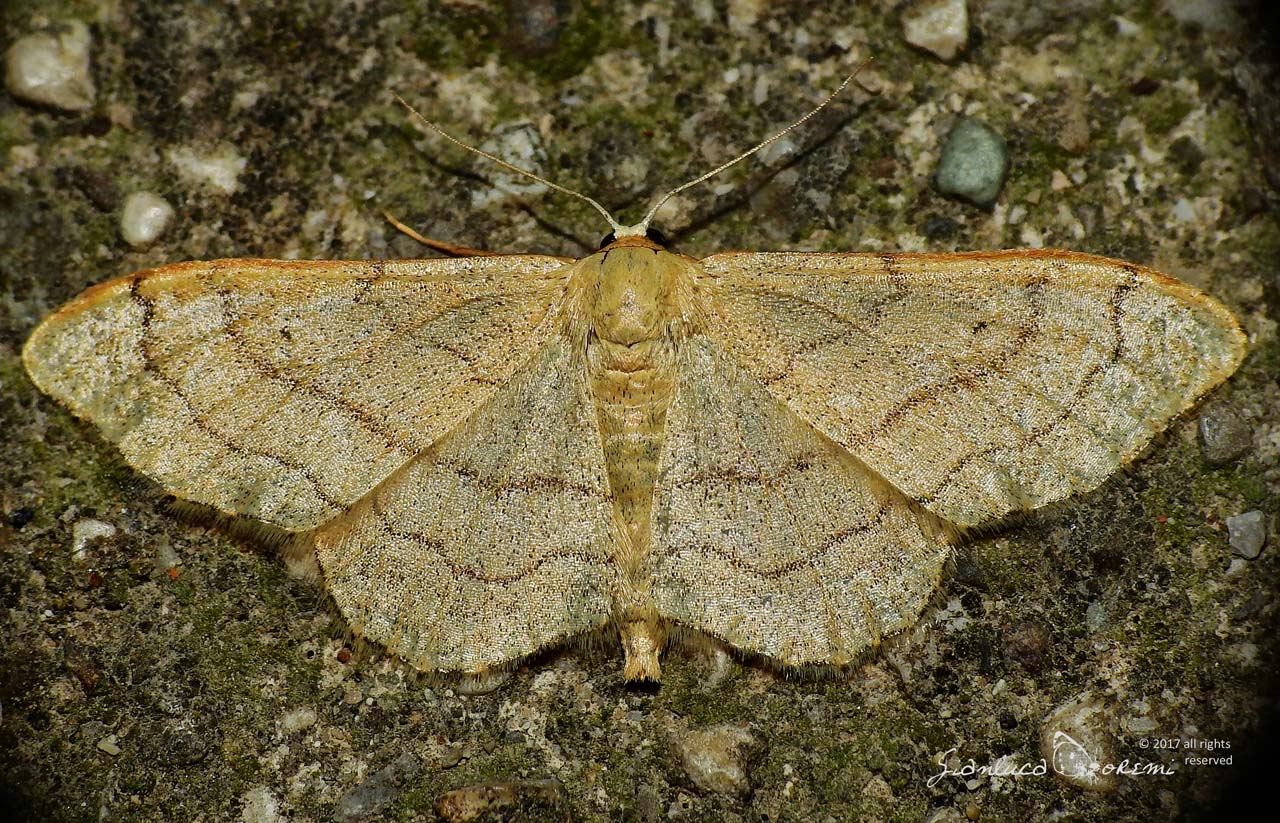
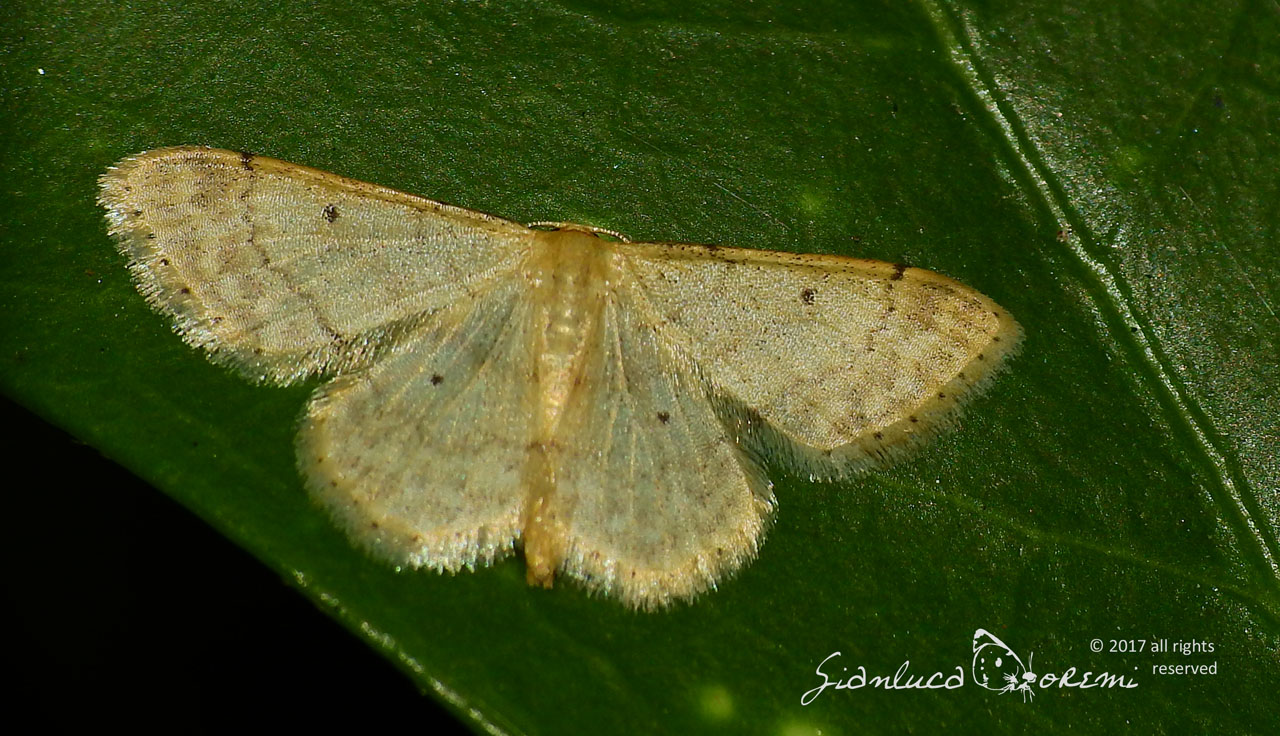

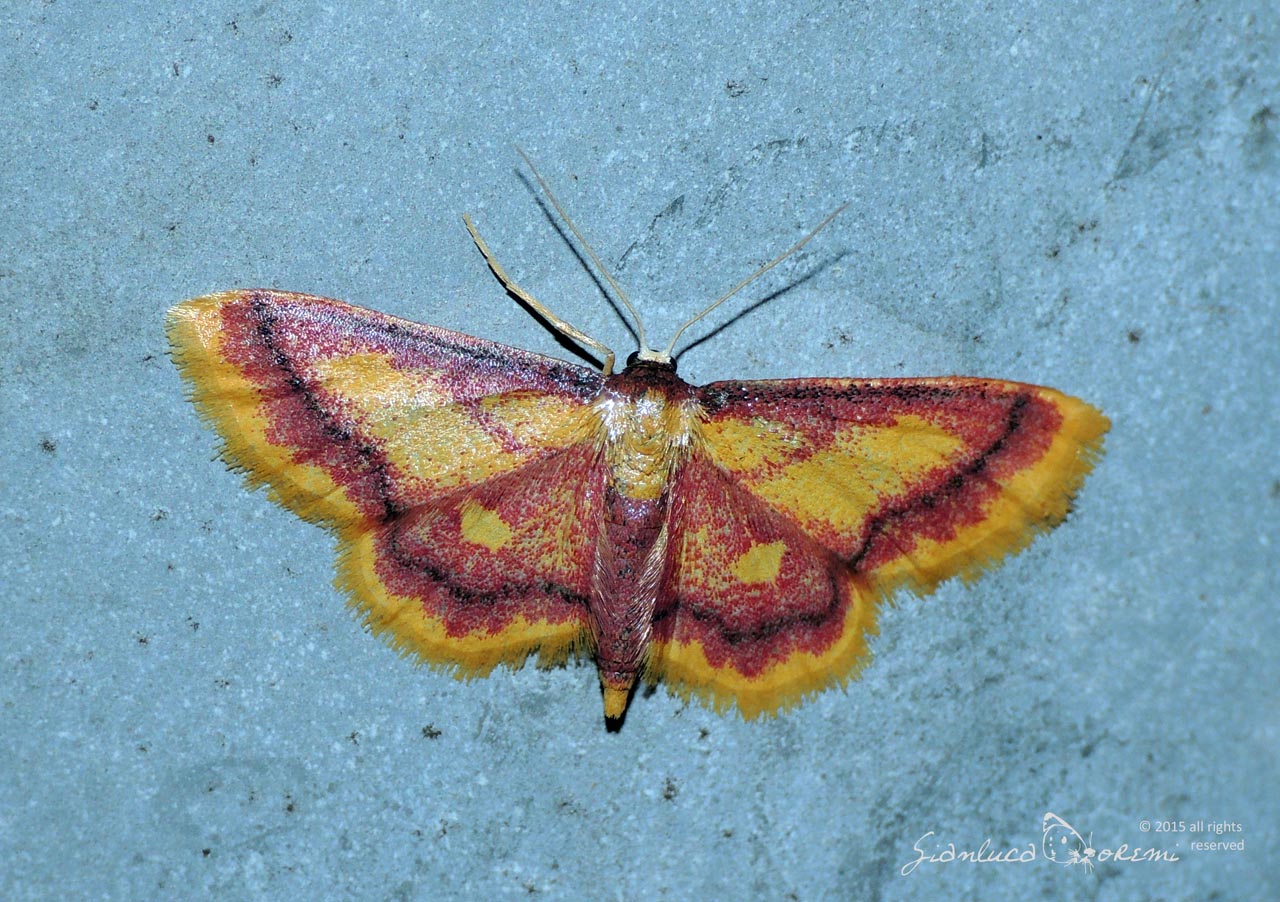
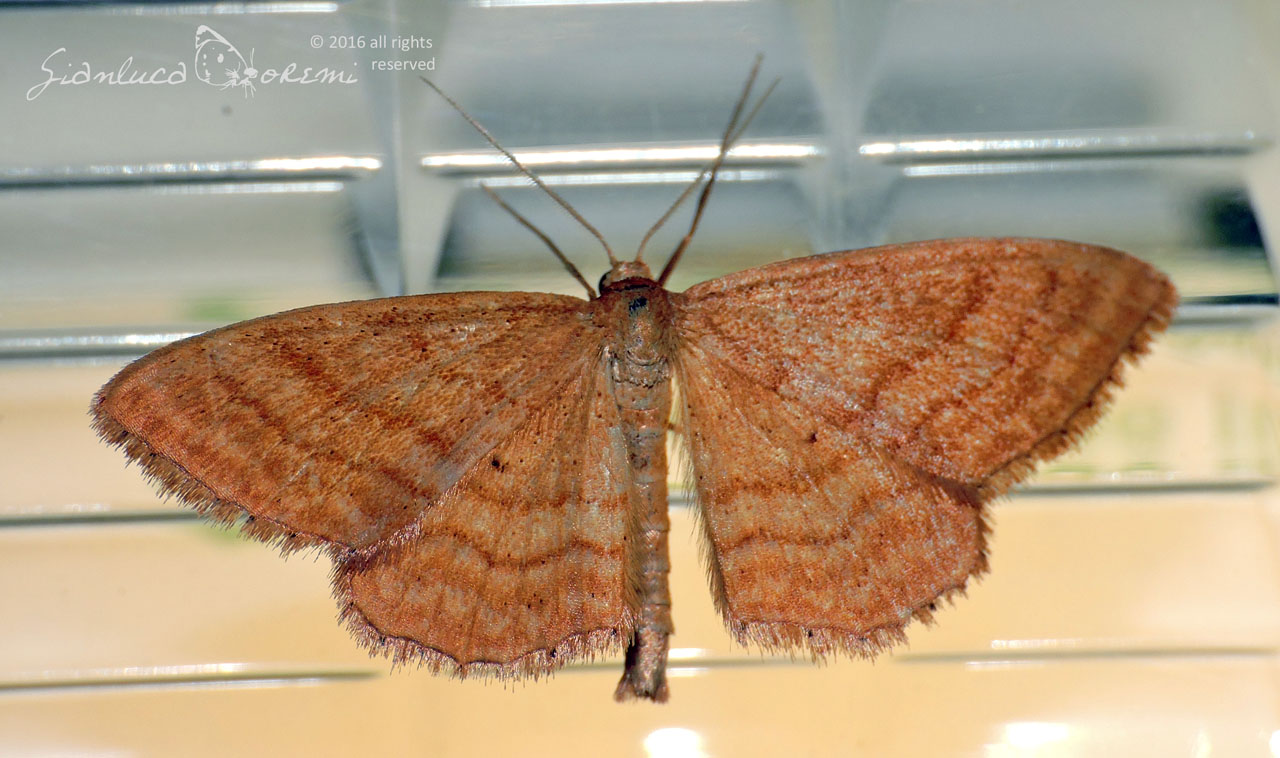
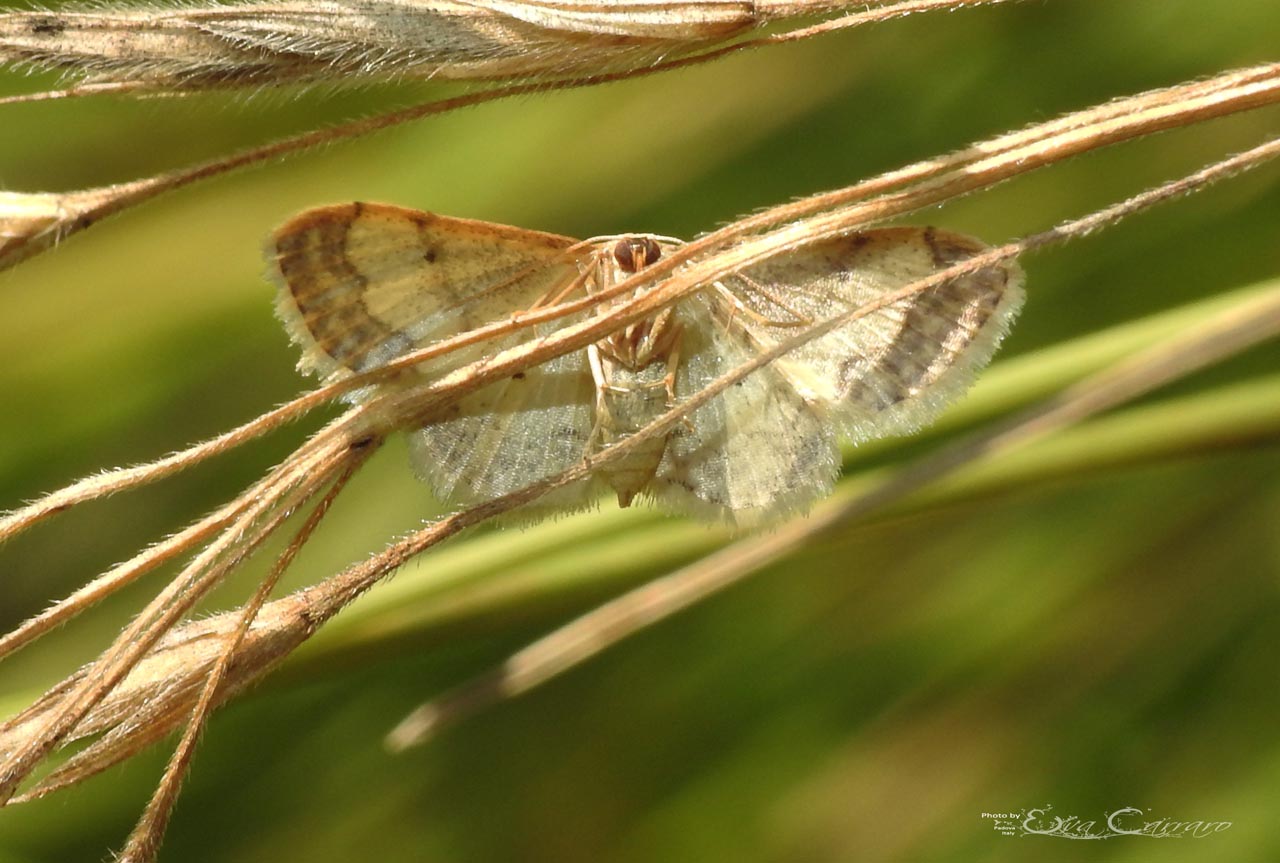

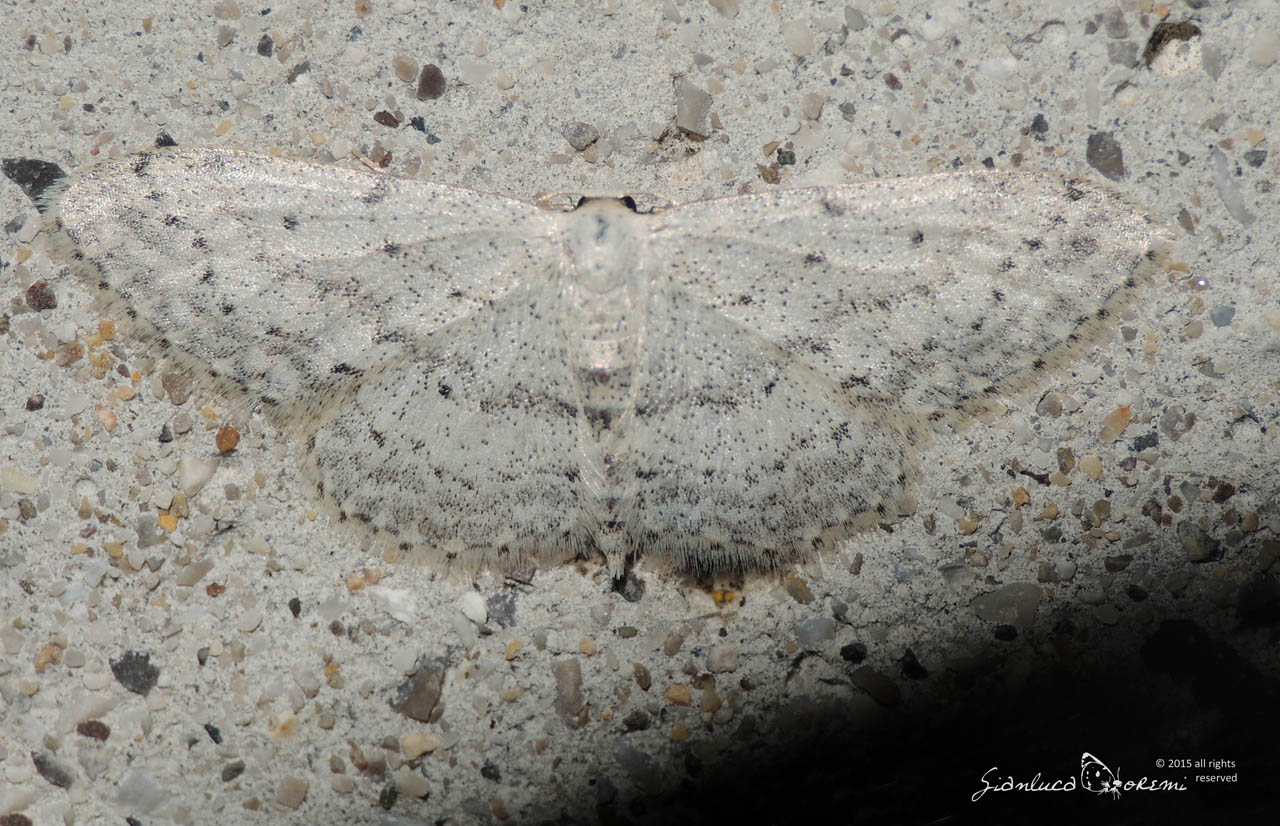
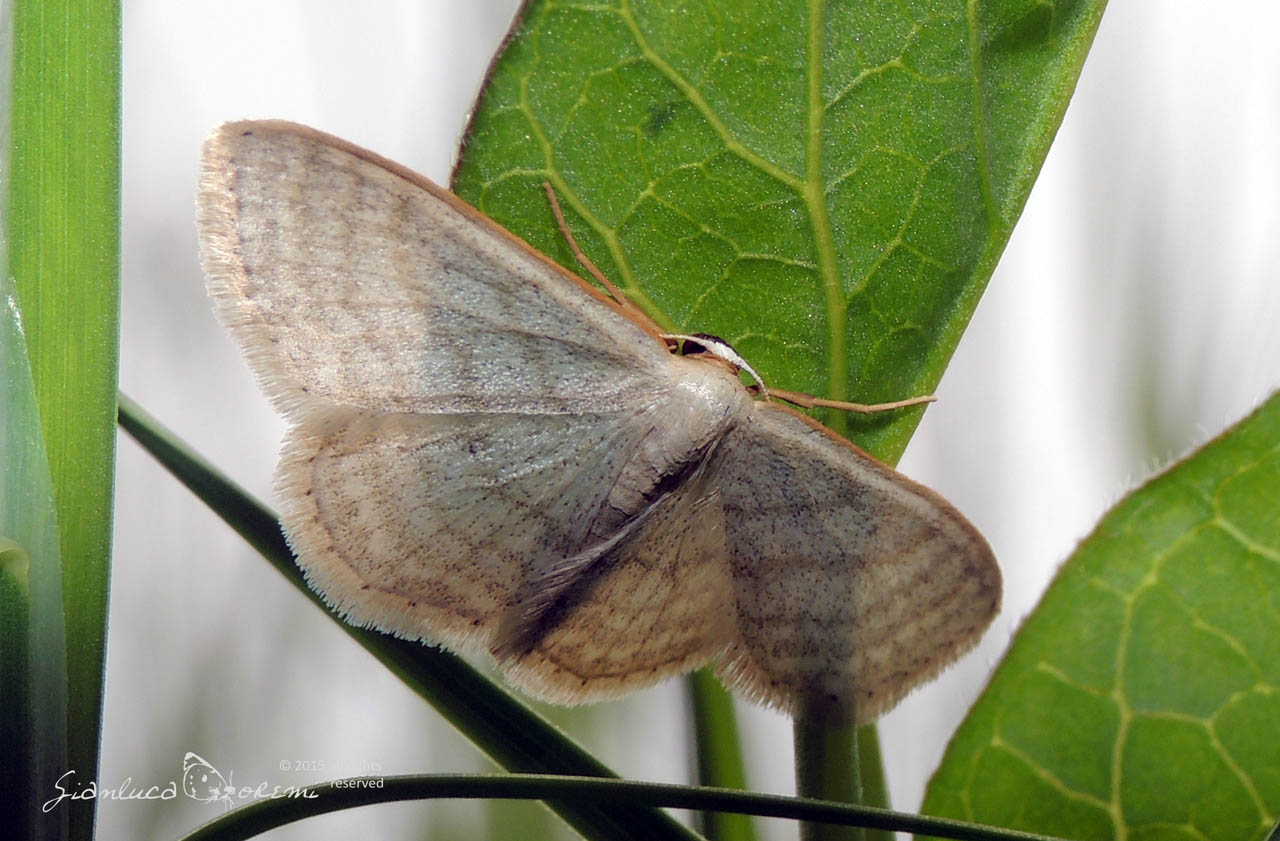


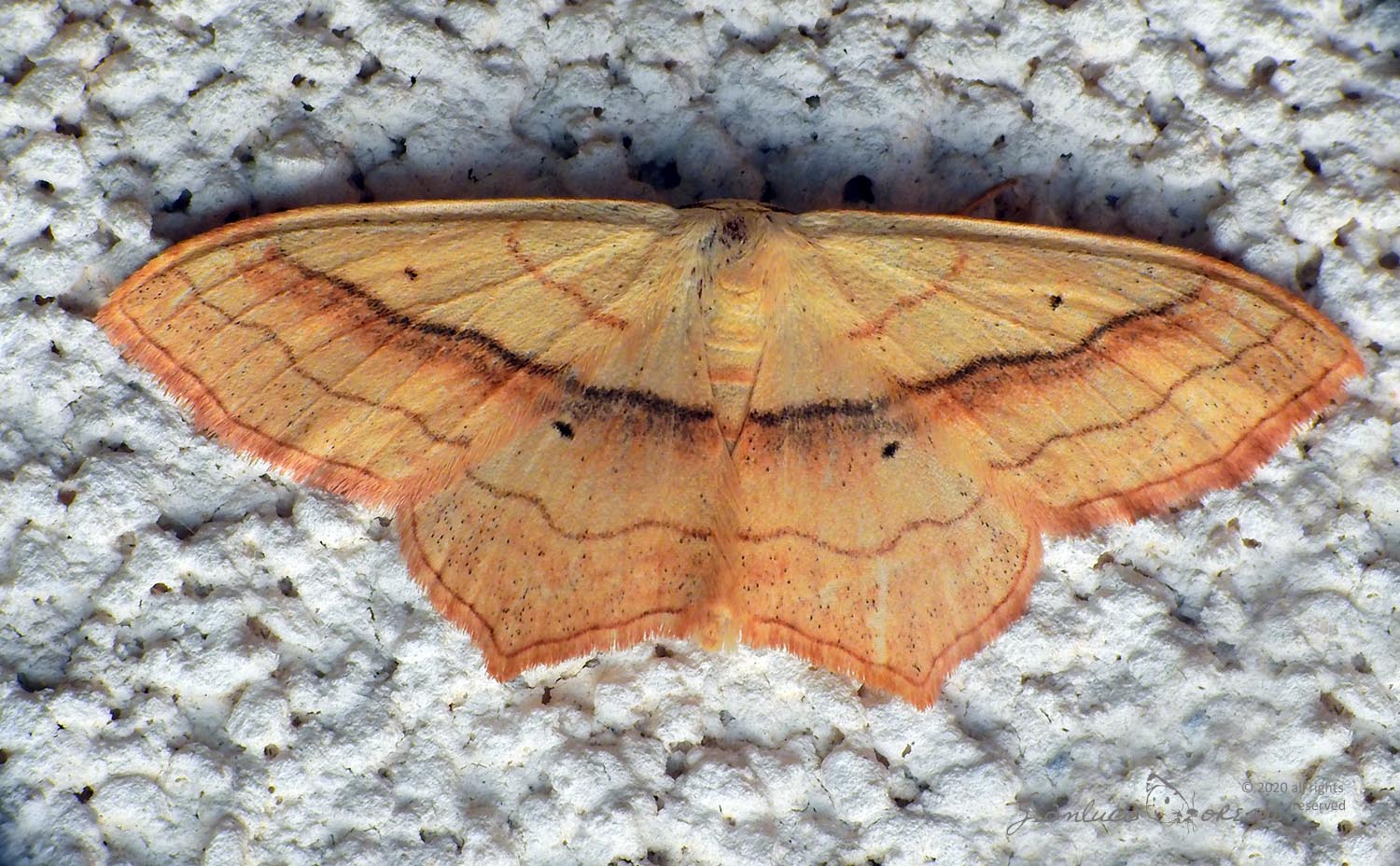
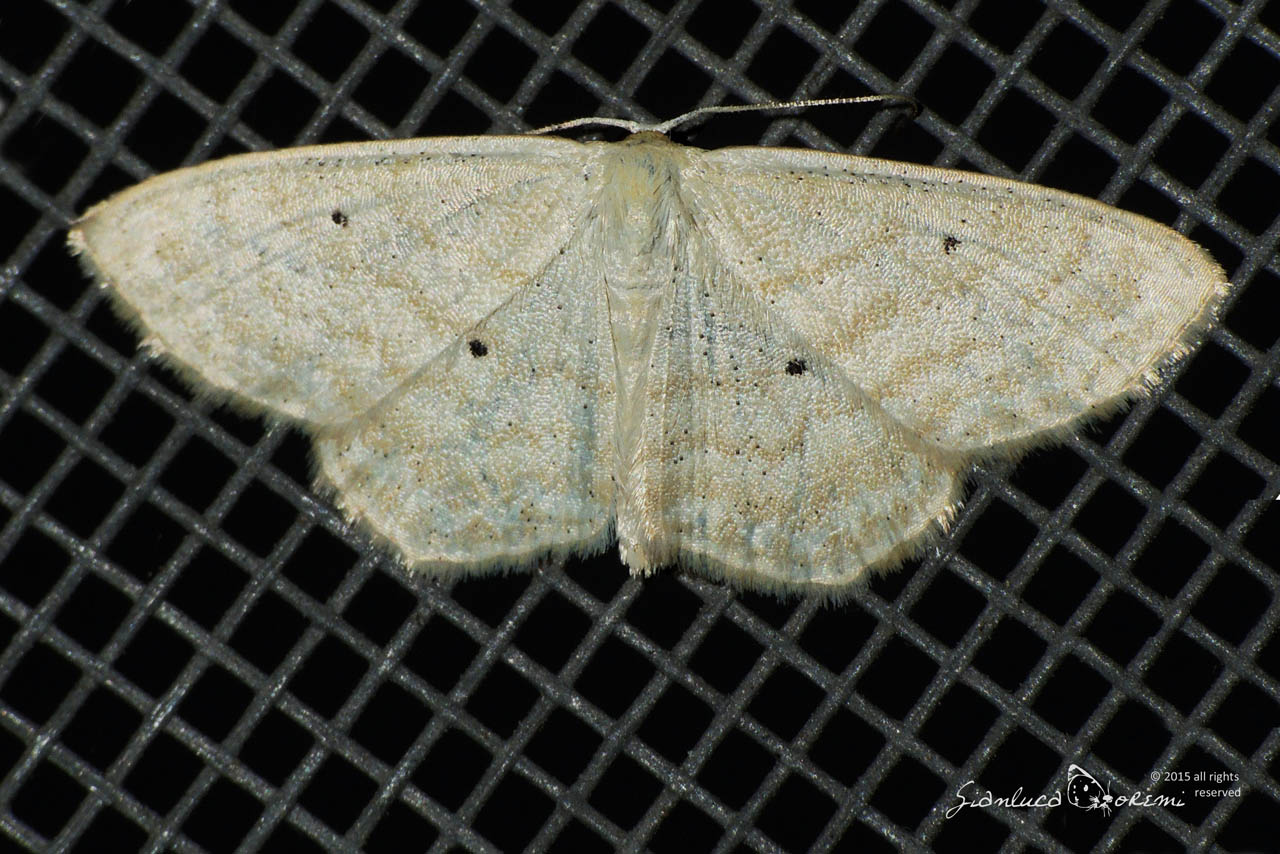

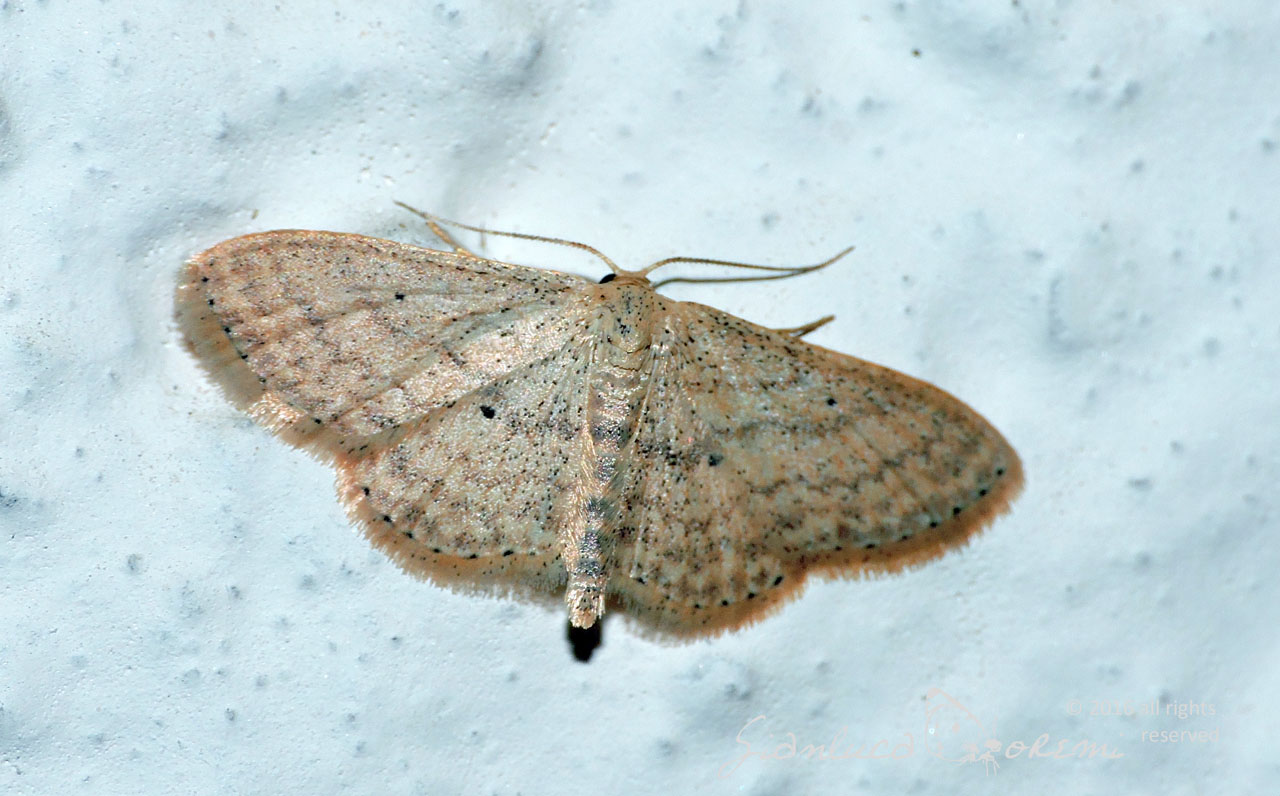
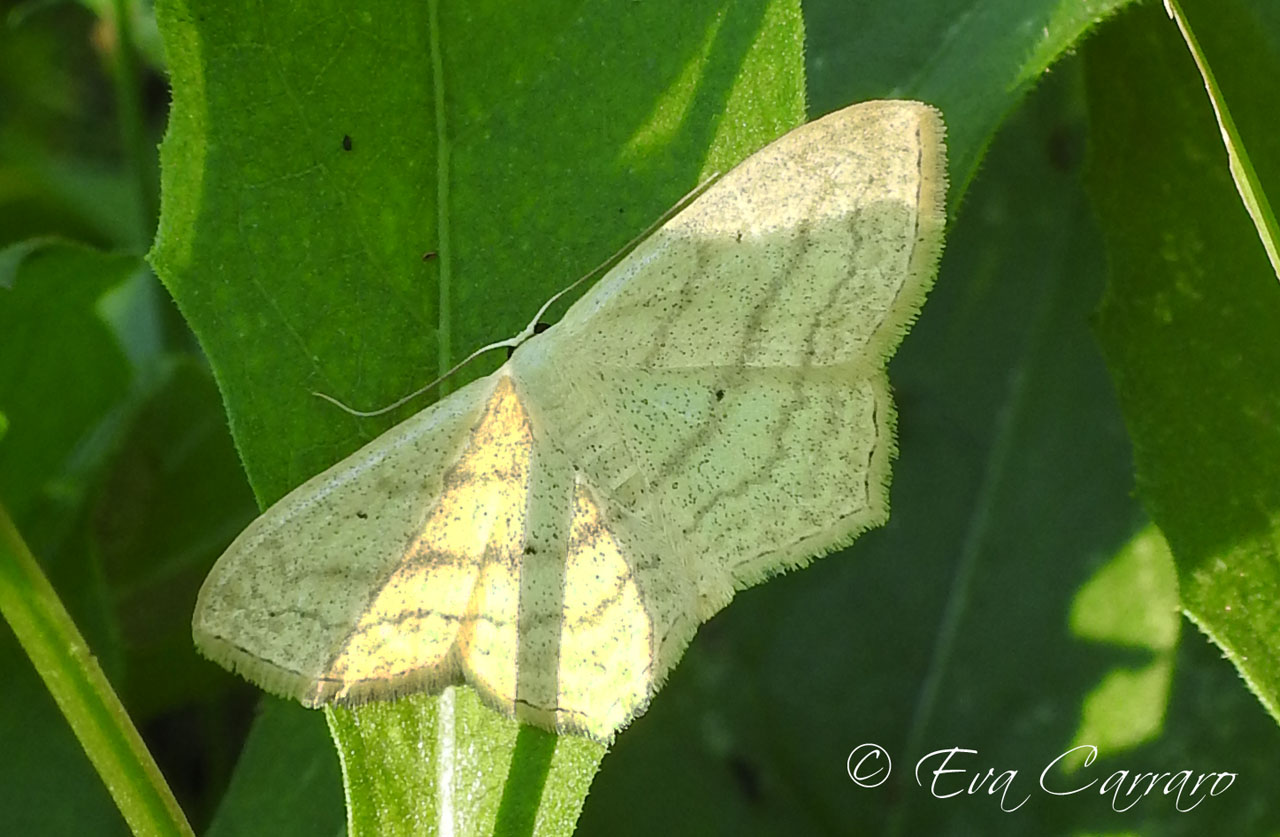
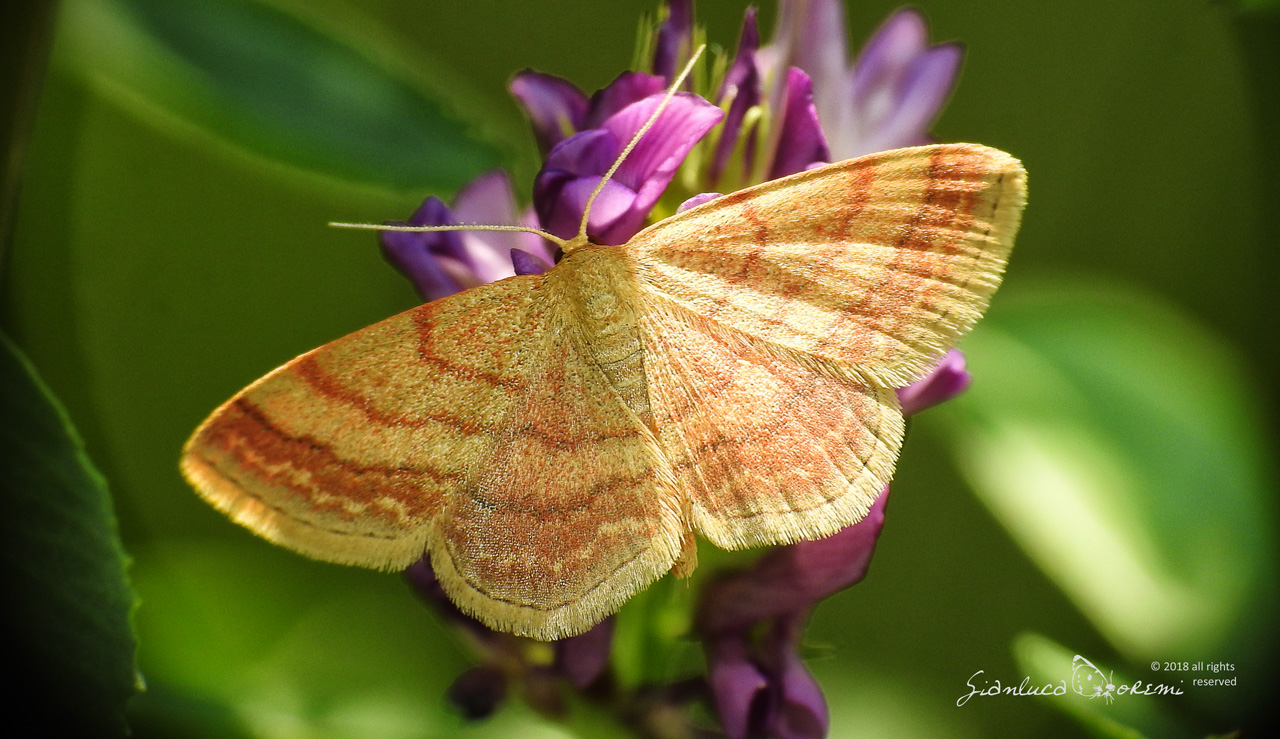
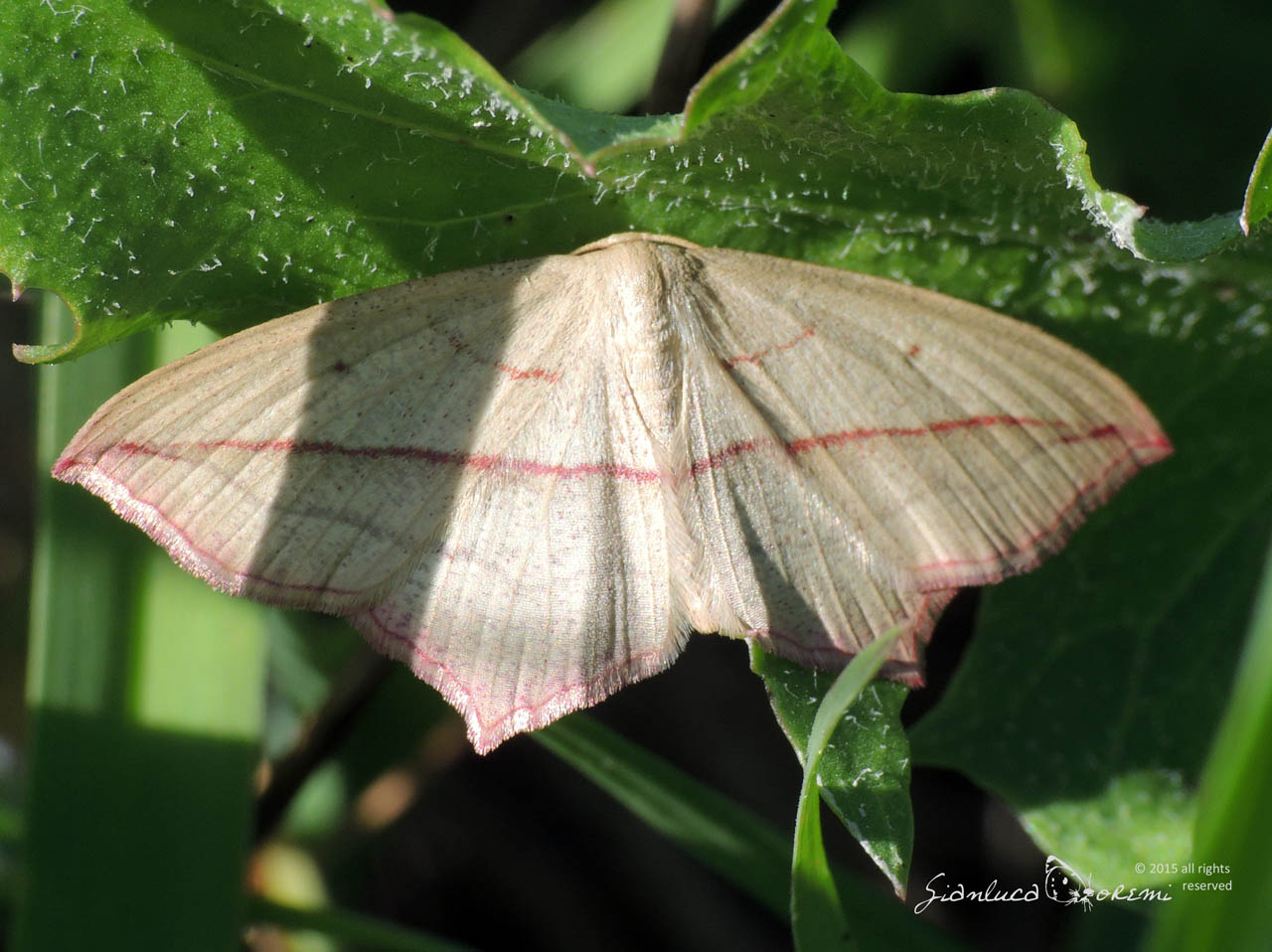
Social and publications